The first article in this series spotlighted homages to the AD&D 1e core rulebook covers. This one moves over to the parallel Basic D&D line of the ’80s and looks at the three major covers for that edition, from 1977, 1981, and 1983. Of them, Erol Otus’ 1981 design was the most homaged for years, but Larry Elmore’s cover has been proving more popular since Wizards of the Coast highlighted it during the D&D 4e era.
Basic Dungeons & Dragons (1977)
However, it was Dave Sutherland led the way with the cover for the original Dungeons & Dragons Basic Set (1977), by J. Eric Holmes. He set the standard for Basic D&D cover art with adventurers confronting a dragon. There have been at least two definite homages: the cartoon Knights of the Dinner Table #177 (July 2011) and the more modern Bugbears & Borderlands (2022), a “Basic” version of D&D 5e.
Two other covers are of note. The Blueholme Prentice Rules (2012) didn’t exactly homage Sutherland’s work when it updated its cover artwork for its second printing (2014) and later for the Journeymanne Rules (2017). But that’s definitely the same dragon sneaking up on the adventurers—and it looks like the same wizard as well. Does only he escape to tell the tale? Stephen Wendell’s Blue Flame, Tiny Stars (2022), a memoir of D&D gaming isn’t exactly an homage either—more of a redrawing of the original. It should be pointed out that two of these latter art pieces are blue because the cover for the actual rulebook contained in the Basic Set box was blue, rather than being full-color like Sutherland’s original.
Sutherland also seemed to draw the same guy as the red dragon in the Monster Manual (1977), out the same year as the Holmes BD&D. Dude gets around!
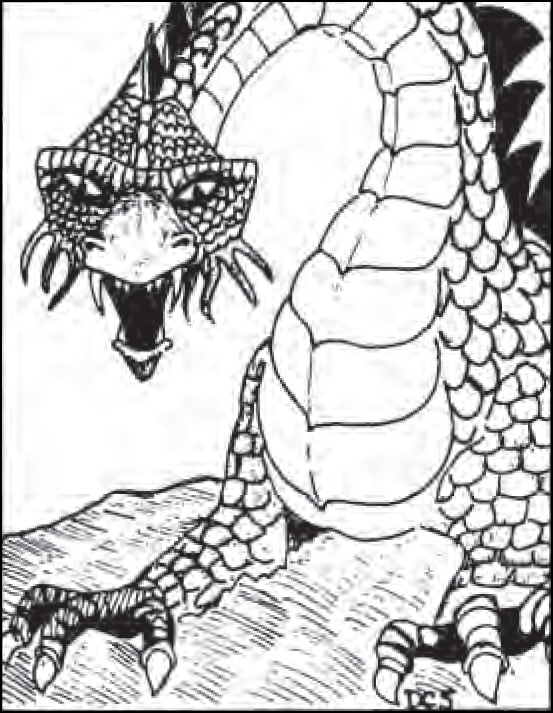
The comparison of the referential Blueholme rules from the ’10s and the homaged Bugbears & Borderlands rules from the ’20s is an interesting one. For at least a decade, retroclones (and other D&D variants) didn’t do homages, possibly because they felt the need to avoid the appearance of violating IP. The Blueholme‘s rules reference was actually more than most did. That’s only begun to change recently.
Overall, there haven’t been a lot of homages of Sutherland’s work (though it’s received a different sort of fame through its inclusion in an art museum exhibit and there were a few other uses such as the 1981 rub-down transfers). However, it’s easy to argue that almost every single Basic D&D set that followed offered variations of the theme that Sutherland originated—with most of the major elements of a dragon, two adventurers, a spellcaster, a fighter, an archway, and piles of coins featuring in most of the coves that followed.
Basic Dungeons & Dragons (1981)
When Erol Otus designed the cover for Tom Moldvay’s 1981 Basic Rules, which were the first part of the B/X edition of the game, he obviously referenced Sutherland’s original work: there are again two adventurers facing a dragon. But he shifted the perspective to a three-quarters view of the dragon and changed the wizard (with torch in left hand and magic in right hand) into a sorceress (with torch in right hand and magic in left hand) and the archer into a spearman. His dragon was also green instead of red and uniquely snakelike.
Otus obviously recognized the power of the piece immediately, because when he painted the cover for the matching Dungeons & Dragons Expert Rules (1981), he iterated his original art by showing a wizard scrying on the previous battle. A set of “Companion Rules” was also intended to be a part of this “B/X” edition of D&D, but it never came about … at least not until Jonanthan Becker produced a B/X Companion (2009) after the rise of the OSR. Though he didn’t keep iterating Otus’ piece, he did revisit the three adventurers with new art by Brian DeClercq.
Erol Otus himself led the way in homaging his Basic D&D cover. Citadel of the Demon Prince (2005) is more a variation of a theme, but it’s hard to argue against a purposeful revisitation of his original when you see a man with a pole-arm and a woman fighting a green monster turned three-quarters from the viewer. Knights of the Dinner Table #134 (2007) and HackMaster Basic (2009) were more precise homages, both produced by Otus for Kenzer & Company.
Homages by other artists have been produced in a mixture of styles. That starts with the cover to Pathfinder (2009), which may be more familiar to players in the modern day than the original due to the success of that game. In fact, it was itself homaged by Munchkin Pathfinder (2013). Another early homage may be the most innovative: it’d be easy to miss that Dark Fantasy Basic Player’s Guide (2017) is an homage at all … until you realize it’s from the dragon’s point of view.
The OSR homages continued with Pacesetter’s BX RPG Players’ Guide (2019) which offers a more traditional take. Then, Ten Speed Press’ recent Worlds & Realms (2024) offers another example of a modern take, most similar to the Pathfinder piece.
Finally, the “Your Basic Parody” line from Gaming Honors started off with an Otus parody, for their Dwellings & Driveways: Keep on the Cul-de-Sac! (2020), and it’s kind of modern too, but in a very different way.
There have also been two comic homages to date: the Bedrock City exclusive edition of Image Comics’ The Realm Vol. 1 (2018) and the alternative/homage cover to the Legend Fell #2 (2023). They’re both interesting for their variations: The Realm shows an adventurer escaping up the stairs that are mere background in every other image, while Legend Fell features a more head-on take on the beast.
There are a few homage to the Expert Rules too. Pacesetter Games just matched their BX Player’s Guide with their BX Dungeon Guide (2019). A variant cover for the choose-your-own-adventure comic, You Are Deadpool #3 (2018), was more of a surprise. It was created without a matching “Basic” cover, as was Wyrd Science #2 (September 2021).
(The Deadpool run also included variant homage covers for Paranoia, Marvel Super Heroes, and GURPS.)
Two more covers are, again, variations on a theme. The D&D 4e Player’s Handbook (2012) and Dungeon Master’s Guide (2012) play with the brilliant idea of the denizens of one cover scrying on another, but this time it’s the dragon watching the adventures, rather than an adventuring watching a dragon. (Also see the covers of the books in the original Paranoia box for an even more distant variation on the theme.)
Basic Dungeons & Dragons (1983)
Frank Mentzer’s Basic Dungeons & Dragons Set (1983), which would form the foundation of the BECMI series, is famous for its shot of a warrior facing a dragon head-on, which seems like it might not have evolved from the cover of the previous two Basic Sets … until you see Larry Elmore’s original pencil sketch, which was most widely revealed in Art & Arcana (2018). That sketch shows both a fighter (with sword and shield) and a sorceress (with spell and staff) fighting a dragon, while a halfling loots. It’s our classic two adventurers, with some equipment changes! The thing was, Gary Gygax didn’t like it: he asked Elmore to zoom in on the dragon, and make the dragon feel like it was grabbing us (he mimed the grasping claws for Elmore), resulting in one of the most famous images in fantasy roleplaying.
Much like Otus before him, Elmore recognized the power of matched designs, and so he repeated the same motif throughout the BECMI sequence of covers. They’re not exactly homages, but they show what is likely the same warrior as he grows in his experience and gains armor over the years (until he strips down as an immortal), fighting different dragons until he gains mastery over them.
TSR, Wizards of the Coast, and Ten Speed Press have straight-up reused Elmore’s artwork in the Under Dragon’s Wing (1984) Endless Quest book, the Dungeons & Dragons 4e Starter Set (2010), and Arts & Arcana (2018), respectively.
There’s been tons of other use of the original art including a jigsaw puzzle and a pinball machine. And did you know the dragon has a name? Or rather, at least three different names, from when the art was reused for the 1991 Trading Cards (1991), the Spellfire CCG (1994) and Dungeons & Dragons: A Exhibition of Adventure Secret Lair Drop (2024) for Magic: The Gathering. The first called him Pyrosternia, the second Gib Evets (“Big Steve”), and the third the Goldspan Dragon. The two TSR card sets were pretty infamous for making up names for characters in D&D art—even when they had existing names! It’s also interesting to note that those cards didn’t manage to remove the sword like the Endless Quest book did. The Magic: The Gathering card just offered Steve as an alternate-art variant for an existing card, using that name—and showed the warrior too, so that sword didn’t look weird.
For a long time, the claim was that there weren’t many homages to the BECMI Basic Rules, but that seems to have changed, largely in the last decade, resulting in over a dozen homages to Elmore’s work.
Perhaps it was because the 2010 Starter Set offered not only the original artwork to a new generation, but also the first full homage, on the interior book covers. Ralph Horsley, the illustrator for those pieces, also did an interior piece of art for Dungeon #210 (January 2013). It’s not quite as precise of a homage, but definitely includes the core elements of grasping red dragon and fighter with sword and shield (and is included here, despite not being a cover, to allow comparison with Horsley’s other pieces). Horsley completed a trilogy with a parody piece for the cover of Dragon+ #37 (April 2021).
Though the Starter Set books offered the first full homage, a more minimalistic one could be found on Dungeon Crawl Classics #26: The Scaly God (2006), focused only on the dragon who is definitely holding his claws out. Then, after the Starter Set, things took off. Incredibly, homages were showing up beyond the roleplaying field within a few years: a Minecraft-influenced cover for Edge magazine #258 (October 2013) was one of 20 different covers for the video game magazine’s twentieth anniversary! The Adventures in the East Mark Basic Rules Set (2014) [probably a BECMI homage!] and Wizards’ own Stranger Things Starter Set (2019) returned to the roleplaying field, but the most recent trilogy of homages are again far-removed, including artwork for a Sports Illustrated story about football’s D&D players (December 2021), Steve Jackson Games’ Munchkin Big Box (2024), and an advertising poster (2024) for the Dragon’s Dogma 2 video game (2024).
There also are also at least seven comic homages, dating back to Munchkin #18 (June 2016). A year later, the first issue of Image Comics’ The Realm (2017) featured an homage as its “secret variant”. Yes, this issue with a Elmore homage variant was included in a collection with an Otus homage variant! Two of the many variants of Rick and Morty vs Dungeons & Dragons #1 (2018) followed, again a year later. Stranger Things and Dungeons & Dragons #1 (November 2020) offered yet another homage variant, and then went back to the well for Stranger Things and Dungeons: The Rise of Hellfire #1 (February 2025). Meanwhile, Tales of Asunda #3 offered another straight-up homage (yes, on a variant), then Dungeons & Dragons Saturday Morning Adventures #1 (2024) offered a variant of its own, albeit with a gaggle of kids rather than a single warrior. Curiously, two of these covers chose to label themselves as “Expert Rules” in the B/X style. Go figure. (At least the Stranger Things “Expert Rules” were in blue, but the Saturday Morning Adventures variants came in red or black.)
The original Stranger Things and Dungeons & Dragons cover even had a few more variations on the theme: the poor adventurers solo-fighting other monsters charging at them. (What if the red dragon had been a beholder, orc, or mindflayer?)
Other Starter Sets (1991-Present)
In 1991, TSR published two final rule sets for the Basic D&D line. One was the Rules Cyclopedia (1991), a compilation of the BECMI ruleset (or at least BECM). The other was The New, Easy to Master Dungeons & Dragons Game (1991), which offered a board-game-like experience for first to fifth level BECMI play. The Basic D&D line fizzled out over the next few years, but was followed by a near-infinite number of board games, Introductions, Fast-Plays, Starter Sets, and Basic Games, all meant to bring new players into the hobby.
Some of them featured adventurers on the cover; many of them featured fighters battling dragons. But a few are worth additional attention because they seemed to homage classic Basic D&D covers: specifically, they reference a red dragon with wide grasping claws. The New Easy to Master Dungeons & Dragons Game (1991), the first printing of The Classic Dungeons & Dragons Game (1994), and Introduction to Advanced Dungeons & Dragons Game (1995) offer three variations of the theme. The second printing of The Classic Dungeons & Dragons Game (1994) and Advanced Dungeons & Dragons Game: The Complete Starter Set (1996) then reused the artwork from The New Easy to Master Dungeons & Dragons Game in a close-up form.
The International Editions (1977-Present)
There have of course been many international editions of D&D, but the majority of translations have used TSR’s original artwork. One of the few exceptions was the Games Workshop edition of the Holmes Basic Set (1977). GW decided to use art more suitable to the UK palette, and so commissioned an original piece of art for the cover by John Blanche. It’s interesting because it’s yet another variation of a theme: a fighter and wizard fighting a dragon, but from yet another perspective! The Japanese line was also notable because it included both translations and original books and because it featured reprinted covers, repurposed artwork, and even original (often anime-influenced) artwork. Their Rules Cyclopedia (1994) got broken into three books, and the third looks like a purposeful Elmore homage—in the anime style.
The Action Figures (2023-Present)
Just as with the AD&D 1e covers, characters from some of these AD&D 2e covers were replicated in action figures from Super7. Erol Otus’ sorceress was part of D&D ReAction Wave 1 (2023), then the Elmore warrior that Super7 called the “Formidable Fighter” appeared in an SDCC special as D&D ReAction Wave 2 (2023), then in a slightly different colorform for D&D ReAction Wave 3 (2024). Both figures also made a return with glow-in-the-dark features for D&D ReAction Wave 4 (2024).
There have also been cover-inspired miniatures from the Basic D&D sets. The Icons of the Realms 50th Anniversary included not only the Sutherland Dragon and its “Blue Wizard” and “Green Knight”, but also the BECMI fighter they called the “Red Warrior”—a figure that generated significant controversy for being a woman.
Neither Fish Nor Fowl
The revision of cover artwork from the 1977 Sutherland dragon to at least the 1995 Introduction dragon was evolutionary, especially if you include Elmore’s original sketch for the 1983 BECMI edition: though artists twisted the angles and the backgrounds, it was homages all the way down.


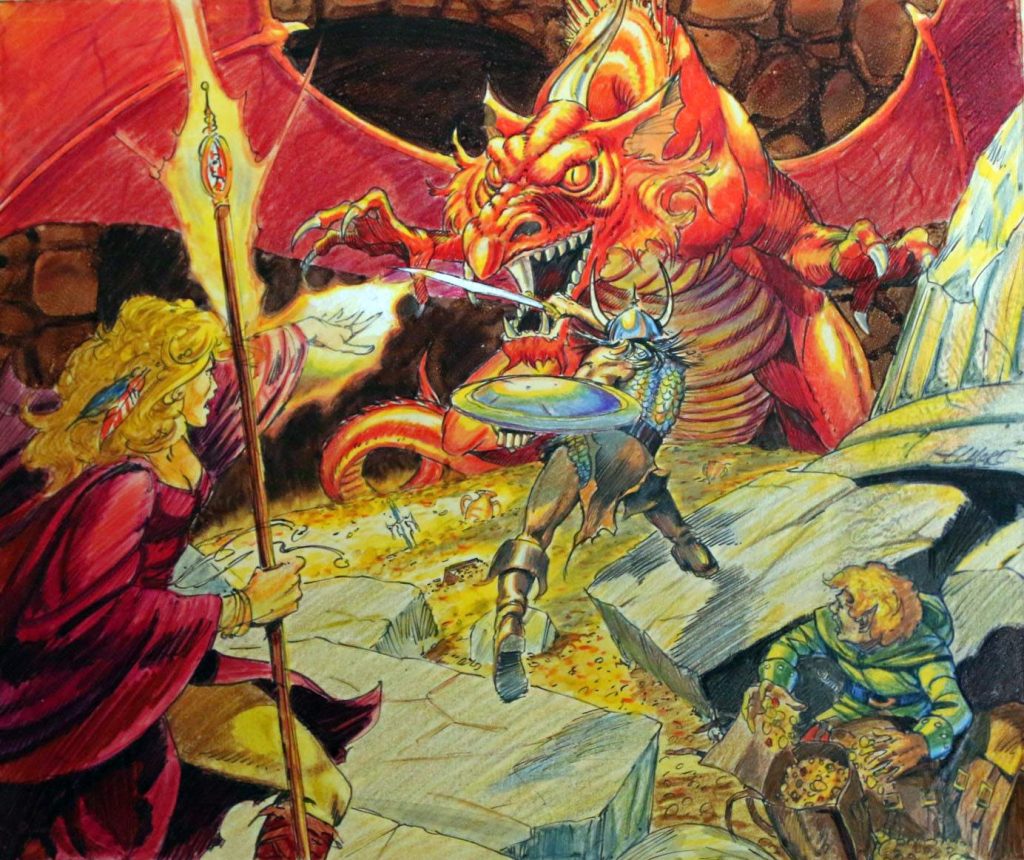

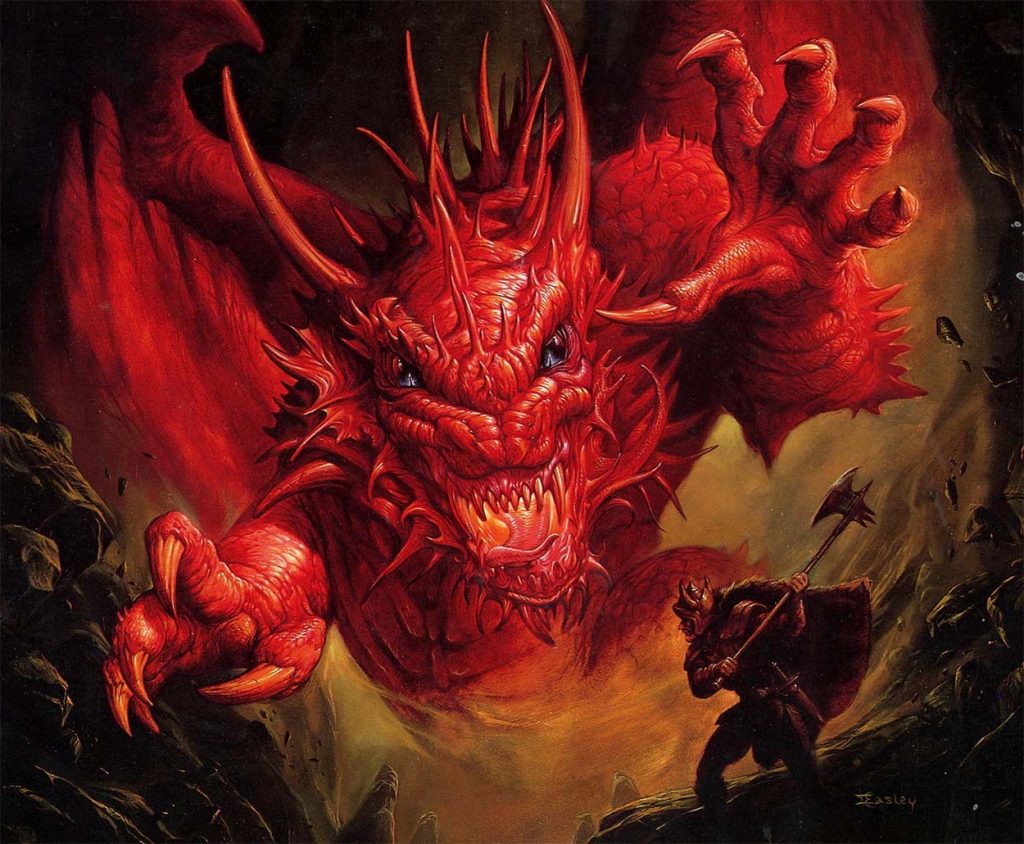
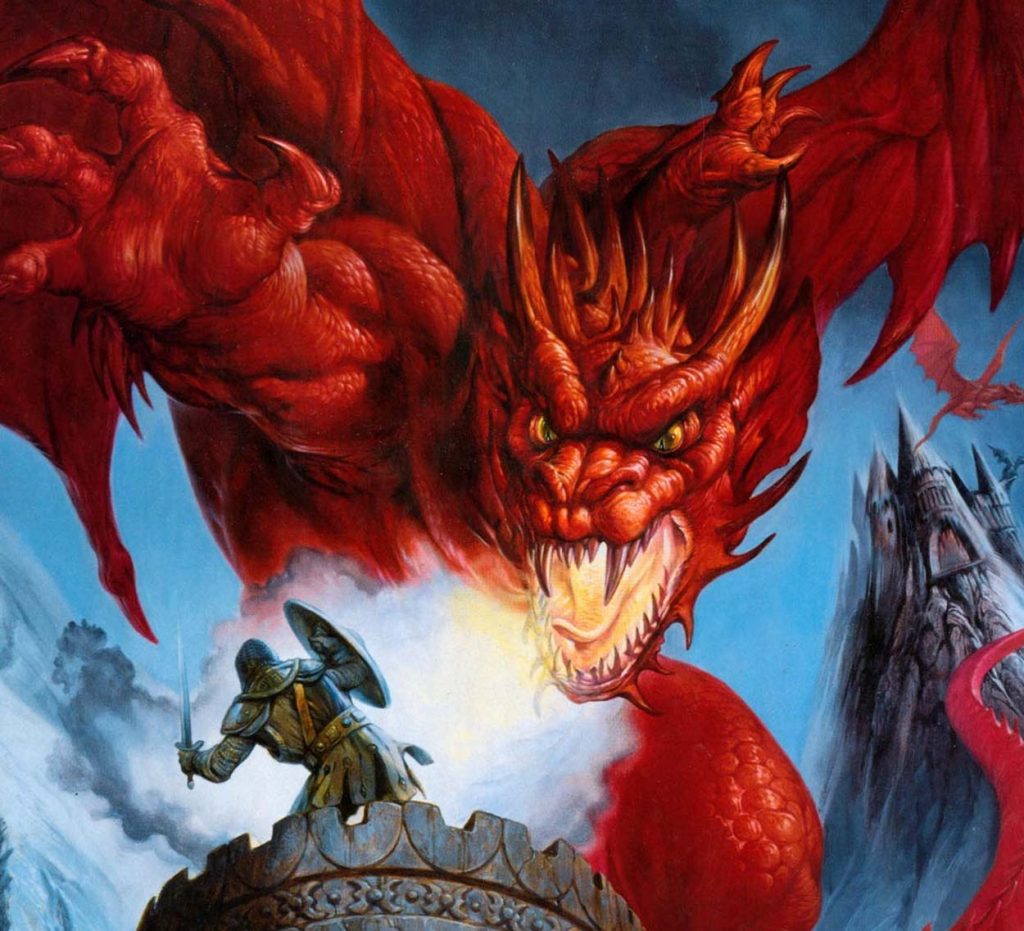
That can make it a little hard to see which artwork is being homaged when newer artists derivate from the precise positioning of the originals, but you can still usually figure out a homage from the specific details.
Is there a red dragon? is its mouth open? Are its claws out? Is it mostly head-on, with a twist in its neck? Is it standing on stones and gold? Is it fighting a lone warrior? Does the warrior have a sword and shield? If so, it’s probably a homage of the Elmore (BECMI) dragon.
Is there a green dragon? Is it turned three-quarters to the side? Is it fighting two adventurers? Are they a warrior and a sorceress? Is the warrior holding a pole arm? Is there a stairway up to a door in the distance? If so, it’s probably an homage of the Otus (BX) dragon.
But sometimes the details vary more from the original, making it difficult to see whether a specific cover is being homaged or if the artist is instead homaging the entire sequence of Basic dragons. The Pathfinder dragon is a good example. The overall composition is clearly a match for Otus’ work, including the sideways facing dragon battling a warrior and a sorceress. But, the dragon is red, not green, and the warrior is a swordsman. The dragon is also holding its arms up, though not quite out. These latter details are all from the Elmore cover. The stairs to the distant doorway are also gone, though not replaced by coins as in Elmore’s work. If just one more detail were changed, say the removal of the sorceress, you might be hard set to say which cover were being homaged. (The Adventures in East Mark was also somewhat questionable, with a change in point-of-view and the lack of grasping claws, but it was hard to ignore the fact that it was explicitly a red box.)
The Starter Set (2014) for D&D 5e offers an ever more visceral example of this. The original cover is very suggestive of an Elmore homage: a single warrior is facing an open-mouthed dragon that probably has outstretched arms—though it’s hard to see due to the awful cropping of the artwork. But the interior books from the Starter Set revealed there was more to the image. The best version of the full artwork appeared a few years later on the cover of Ten Speed Press’ Lore & Legends (2023), which was a celebration of D&D 5e art. It reveals there’s a sorceress there right next to the warrior! And those draconic arms aren’t really open and outstretched like we thought! That means we also can no longer ignore the fact that the dragon is green. So, Otus homage? Elmore homage? Both?
I also include the Black Hack’s Heroes & Monsters (2017) here because if anything it looks most similar to the Starter Set, plus some red framing!
I’d be remiss if I didn’t end with my own Designers & Dragons books, which had cover illustrations by Andrew Bosley under art direction by Fred Hicks. I’ve never actually seen Fred Hicks’ art order for Designers & Dragons: The ’70s (2013), but my guess is that he offered both Erol Otus’ B/X cover and Larry Elmore’s BECMI cover as references. The orientation of the dragon and the landscape of stones and coins looks more like Elmore’s cover, but it’s two adventurers fighting the dragon, not one … and they’re gender-flipped from Otus’ cover: a male sorcerer and a female fighter.
The other three books in the original series then form a neat set of sequels, as Hicks and Bosley changed out the characters in the original for characters appropriate to each era, from the ’80s to the ’00s, offering variations on the theme just like Otus and Elmore before them …
… a theme dating back to 1977.
Versioning Notes & Credits
v.1.1.3 (6/25/25). Added Wyrd Science #2 and the Monster Manual dragon.
v.1.1.2 (6/12/25). Added Heroes & Monsters courtesy of Sionainn Mac Innéirghe (Travis Henry). Also added Goldspan Dragon & the Blueholme Journeymanne Rules.
v.1.1.1 (6/8/25). Two The Realm covers courtesy of Adrian Newman. Also added The Scaly God.
v1.1.0 (6/5/25). Lots of additions by Ronald Miguel at Facebook that I’ve been wanting to add for days: Adventures in the East Mark, Bugbears & Borderlands, BX RPG, Dark Fantasy Basic, Sports Illustrated, and Tales of Asunda #3. Also added in Knights of the Dinner Table #177 from my recent dig through all the KoDT covers.
v1.0.6 (6/1/25). Added action figures and mention of miniatures. Moved international editions section.
v1.0.5 (5/30/25). Added links to Sutherland and Elmore dragon uses per Sionainn Mac Innéirghe (Travis Henry), including some potential names for the Elmore dragon that appeared Spellfire and Trading Cards. Added You Are Deadpool #3 per Nick Smith. Also added several Stranger Things and Dungeons & Dragons covers and Under Dragon’s Wing.
v1.0.1 (5/27/25). Added Edge #258 and the British Basic Set courtesy of @thekelvingreen.bsky.social. Also added Japanese Rules Cyclopedia.
v1.0.0 (5/27/25). Initial release.
Most box covers courtesy of TSR Archive. Thank you!

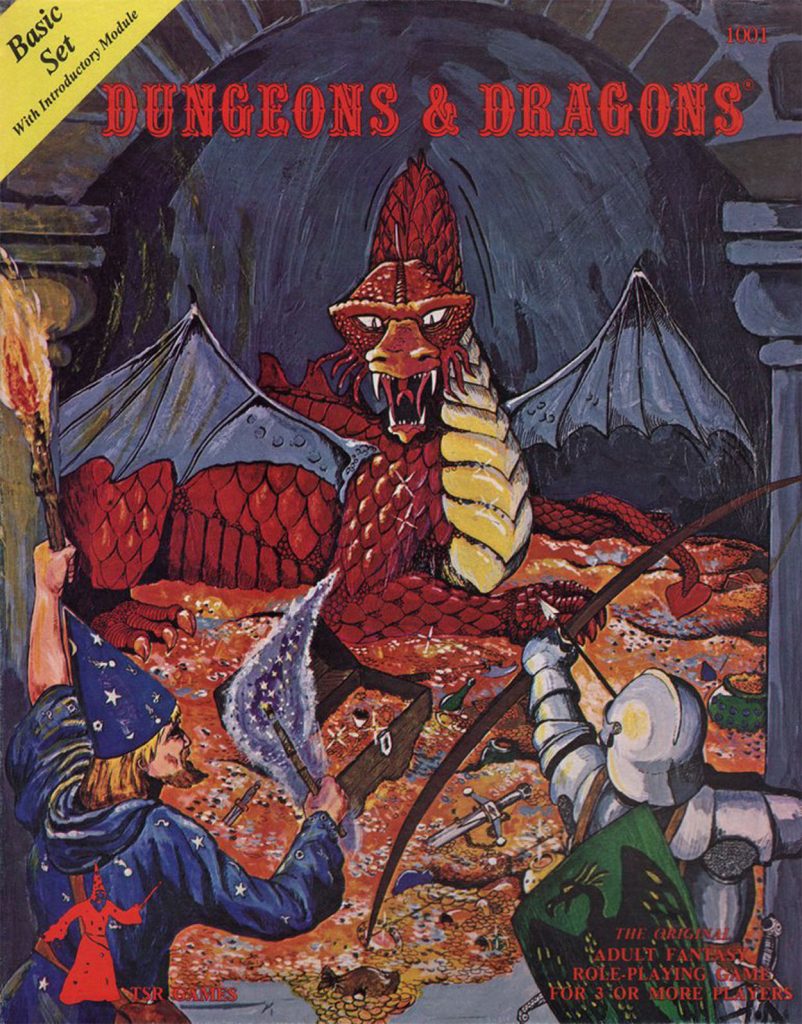

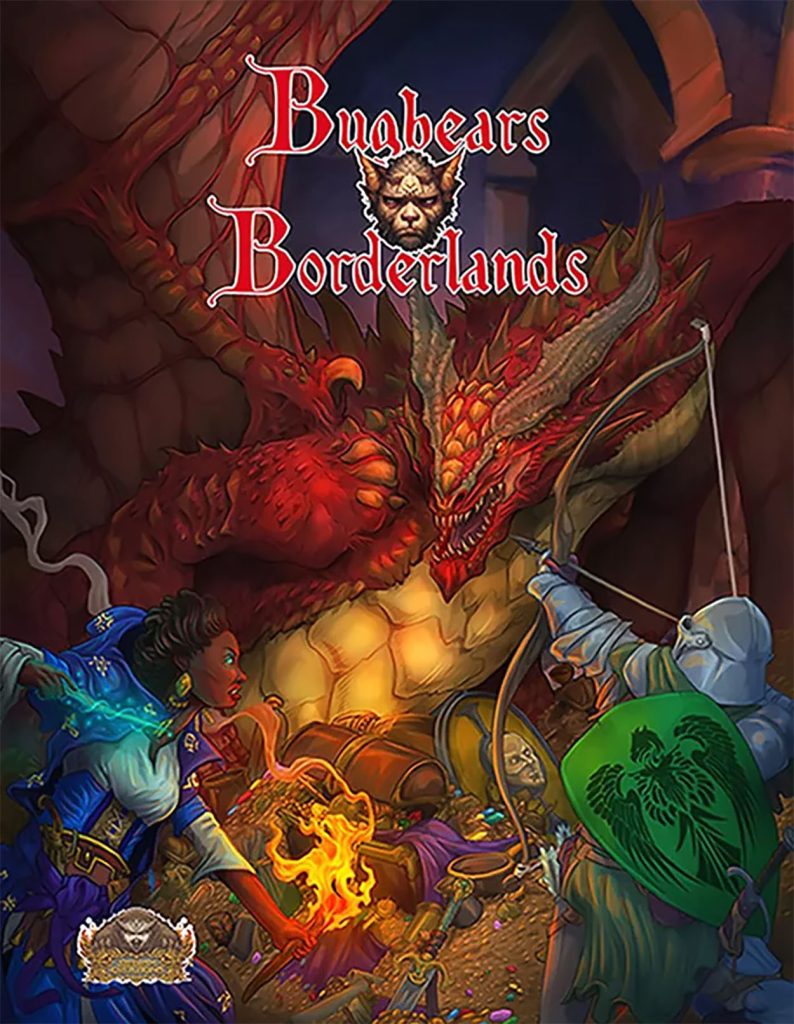
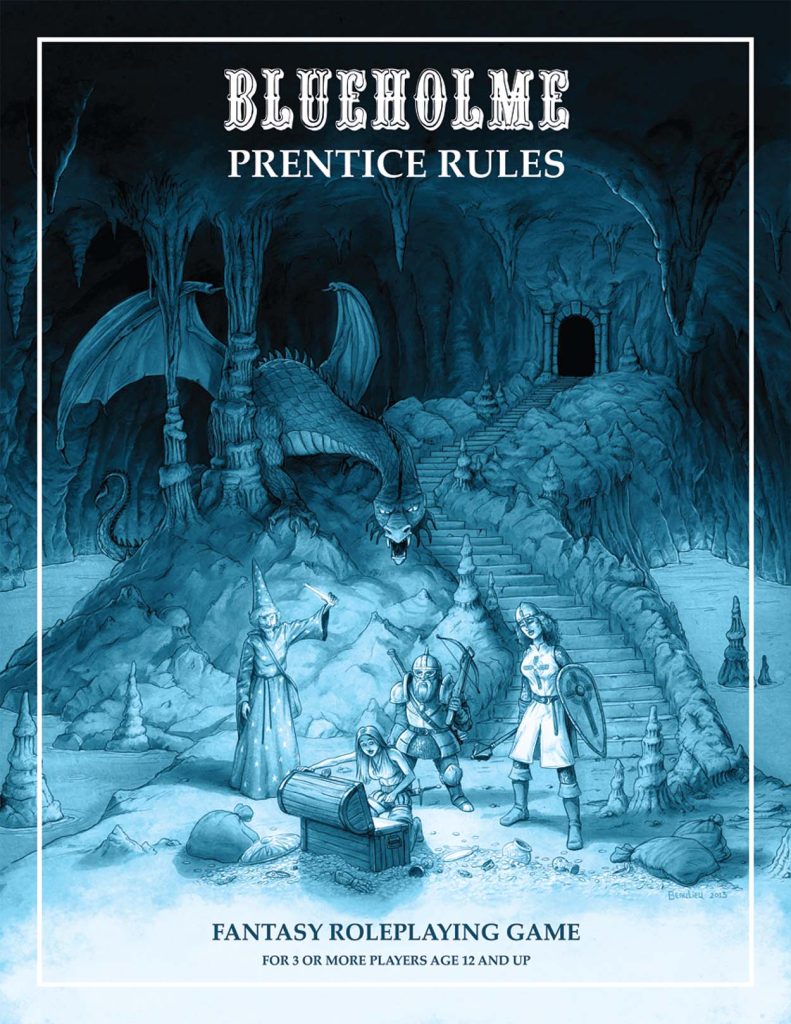

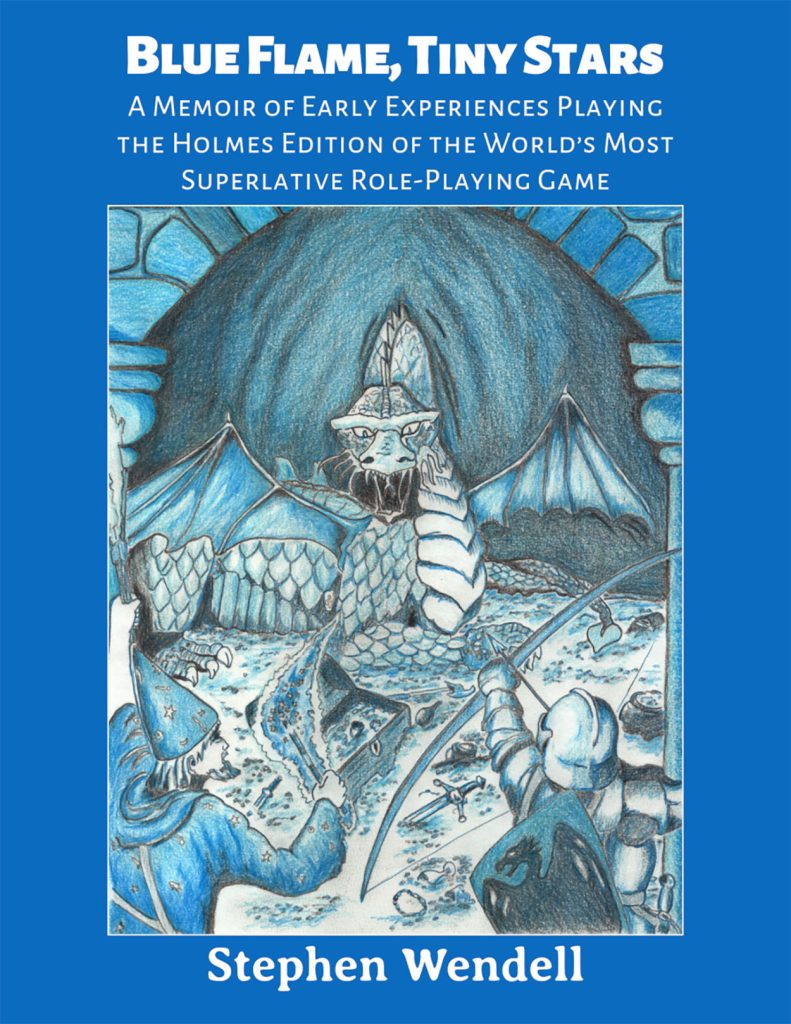
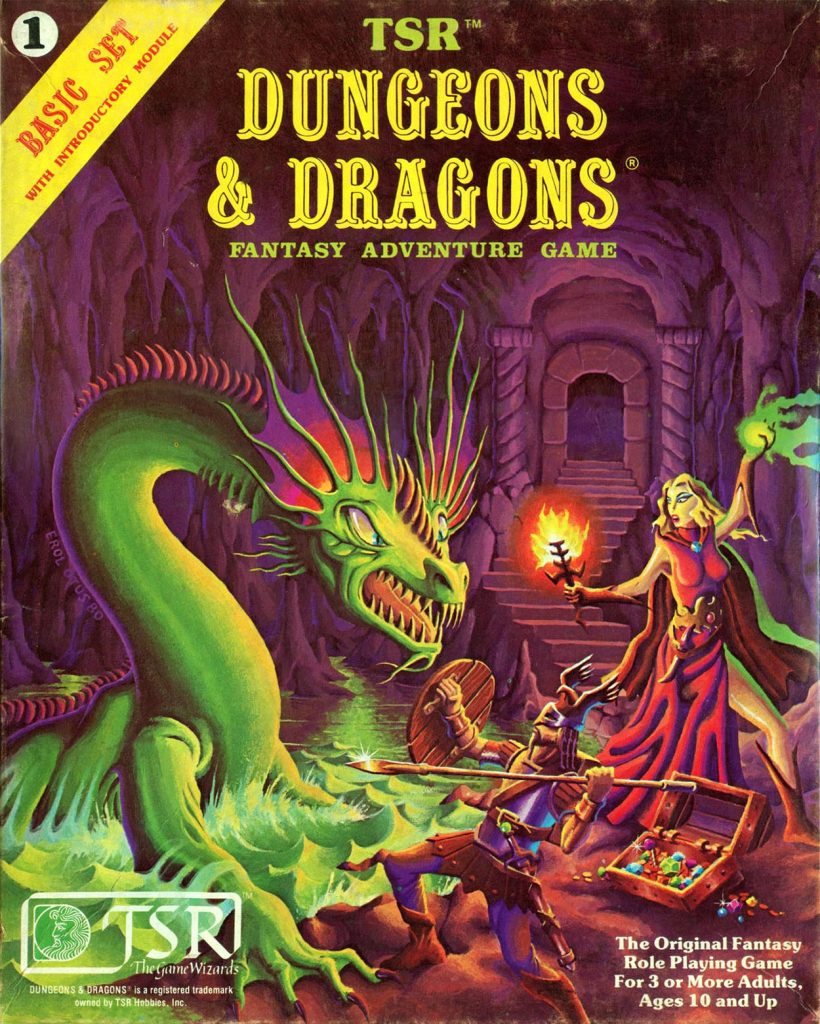

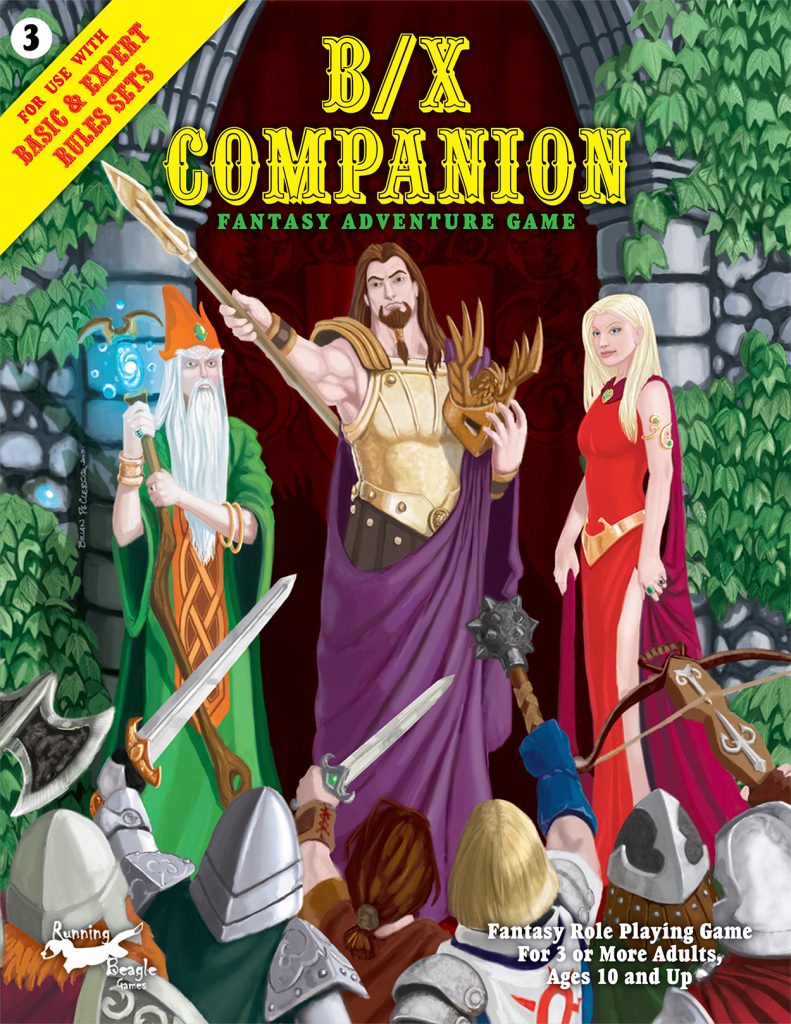
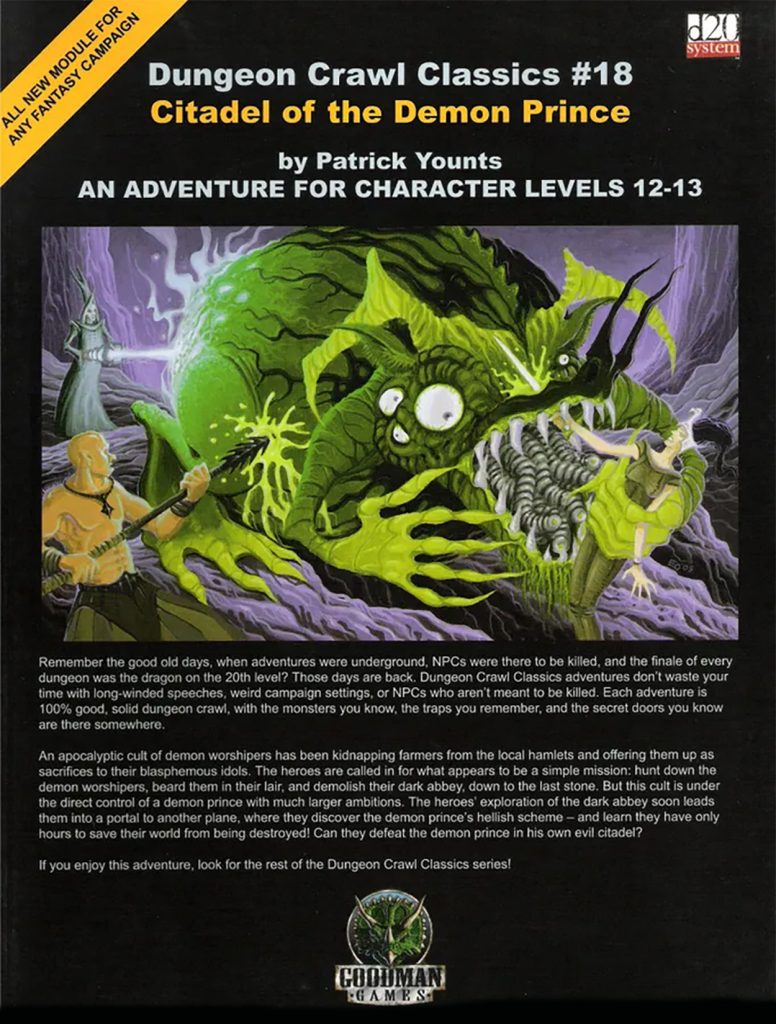
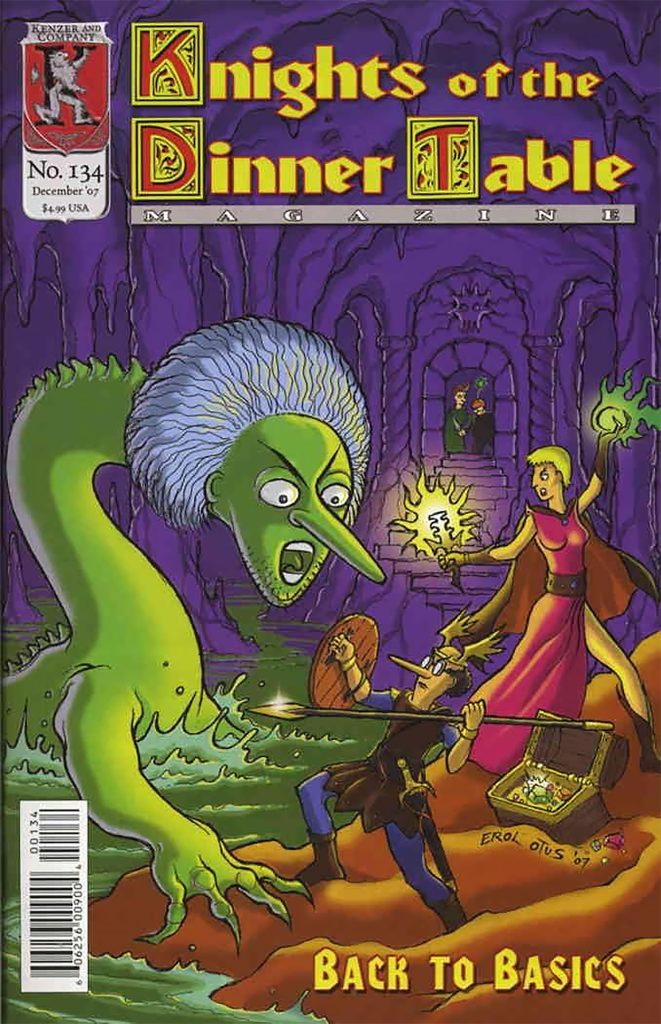
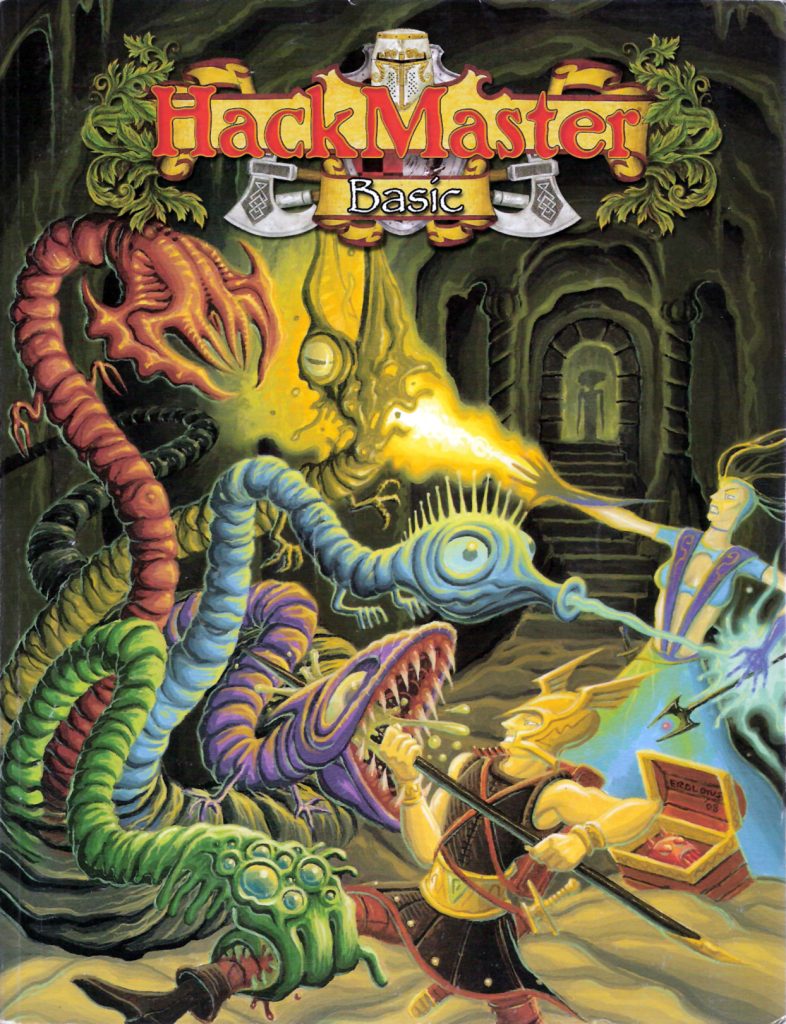

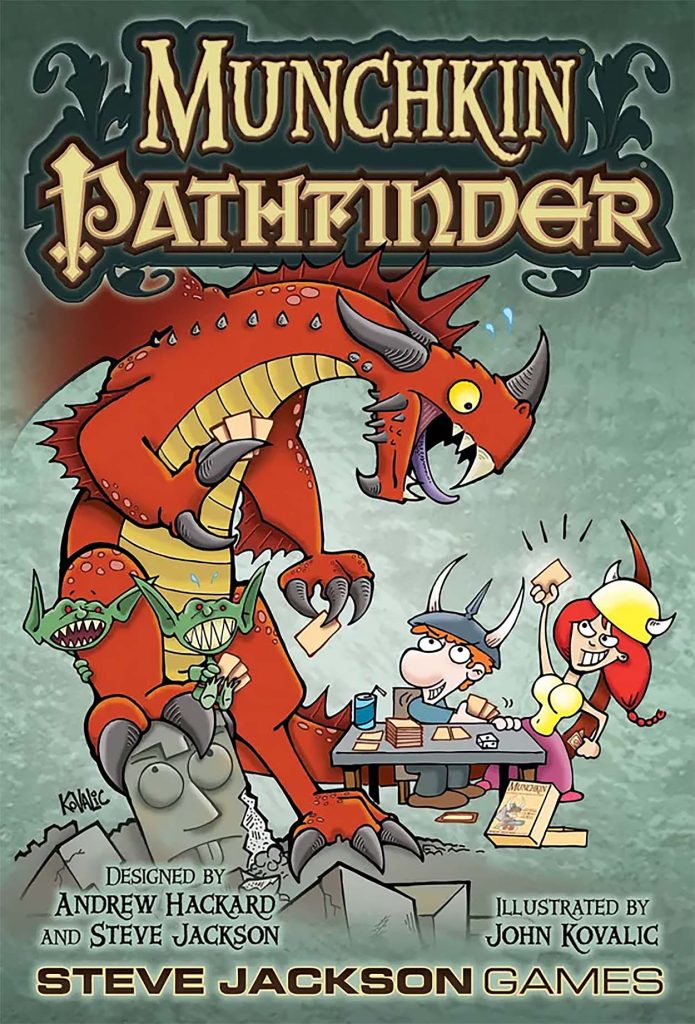


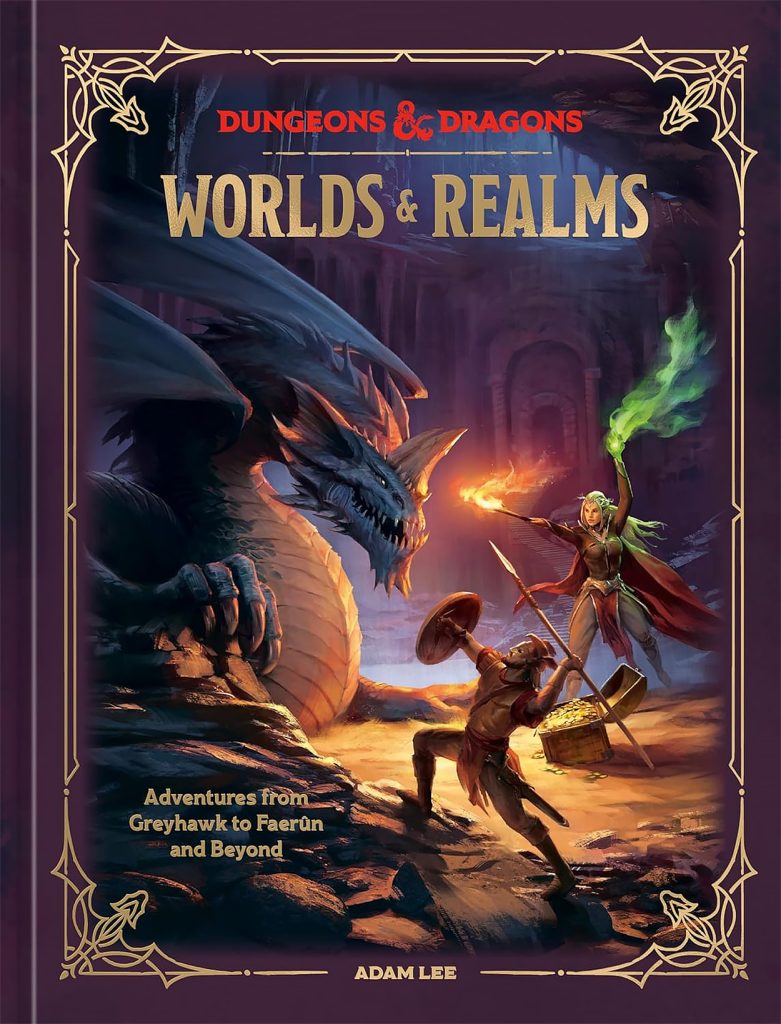
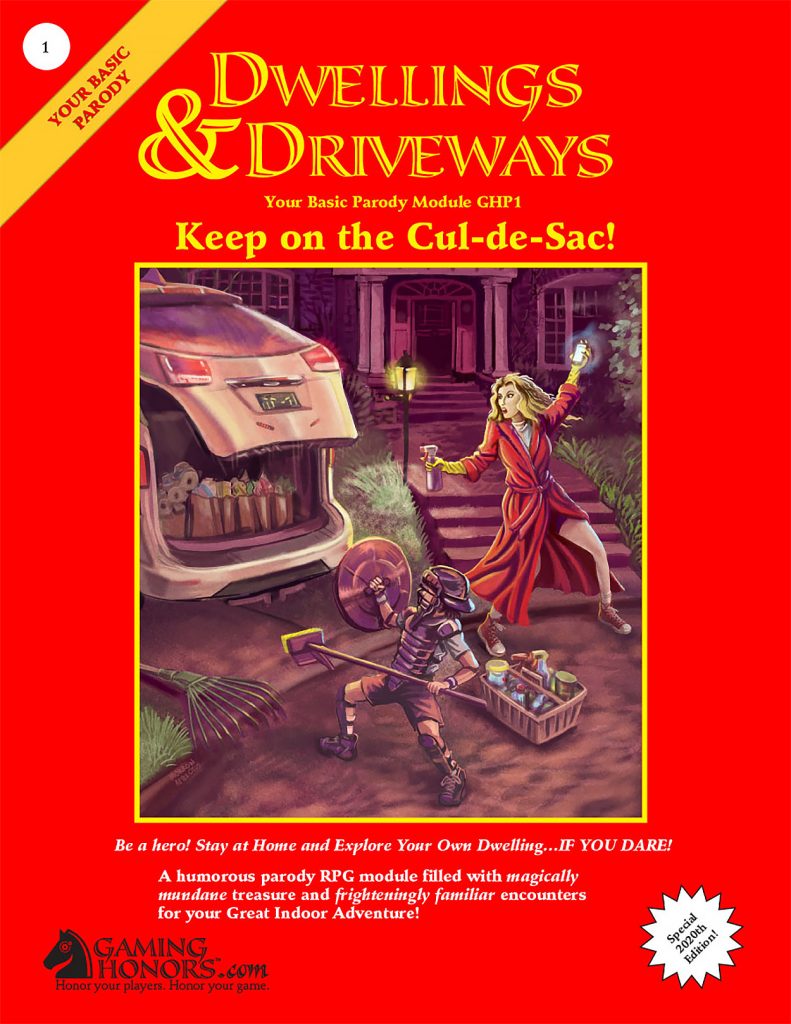
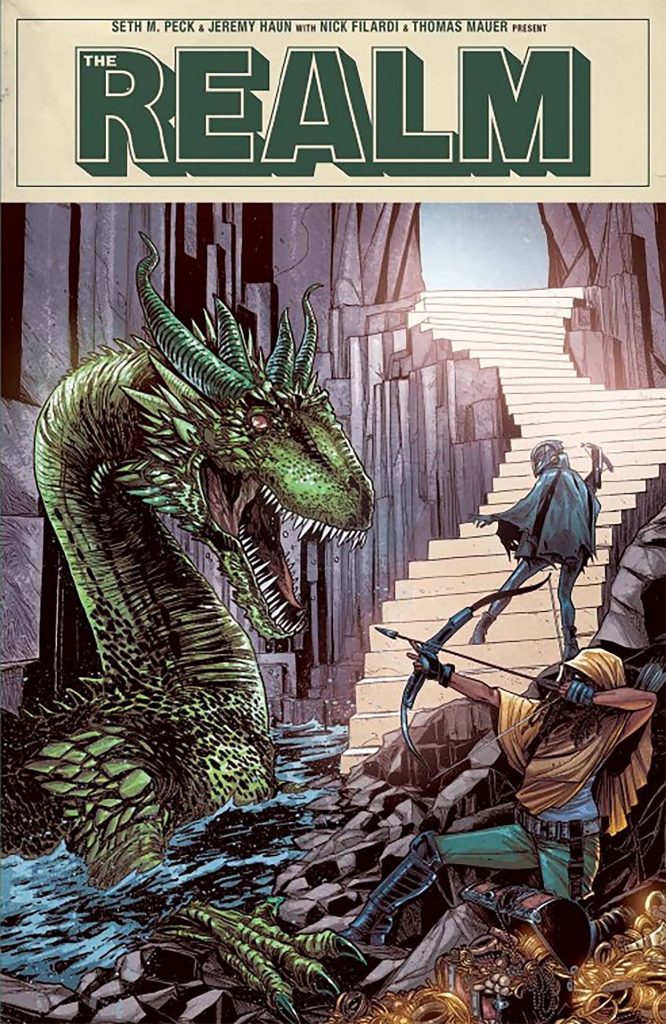

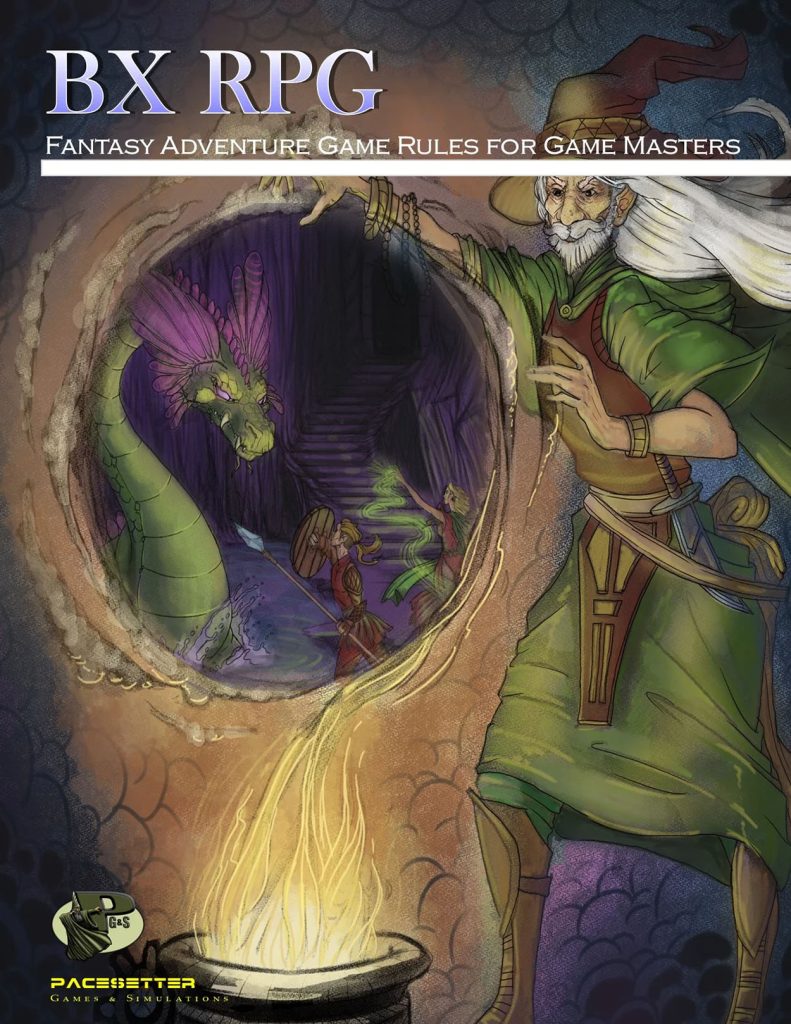
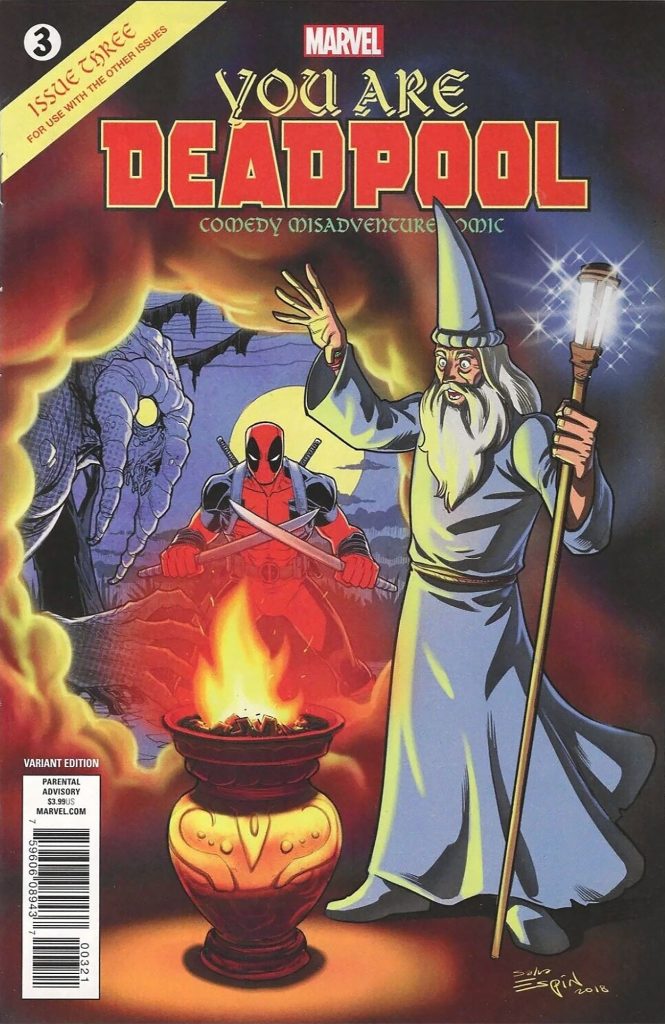
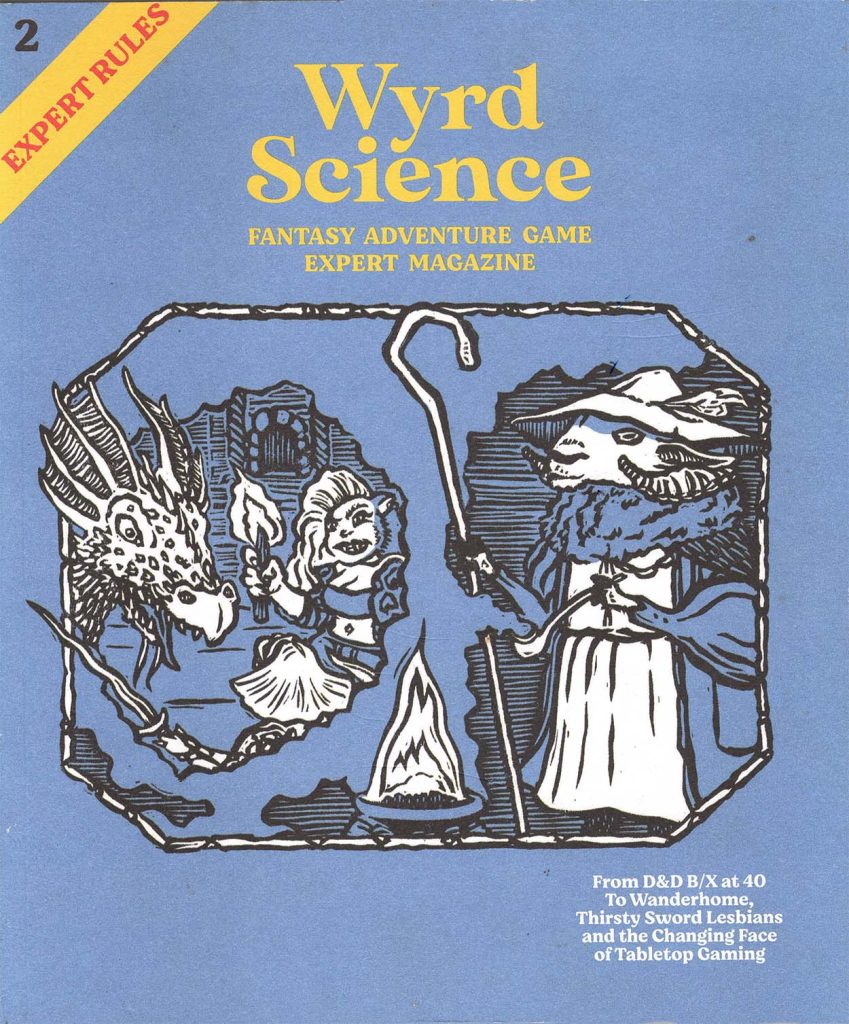
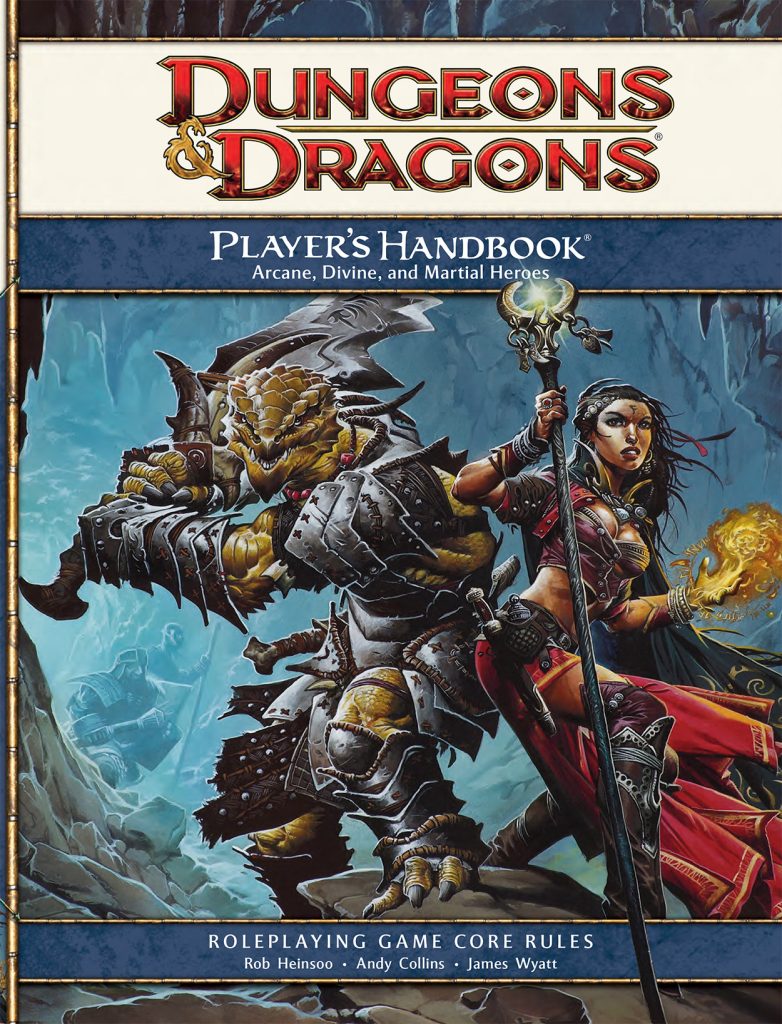
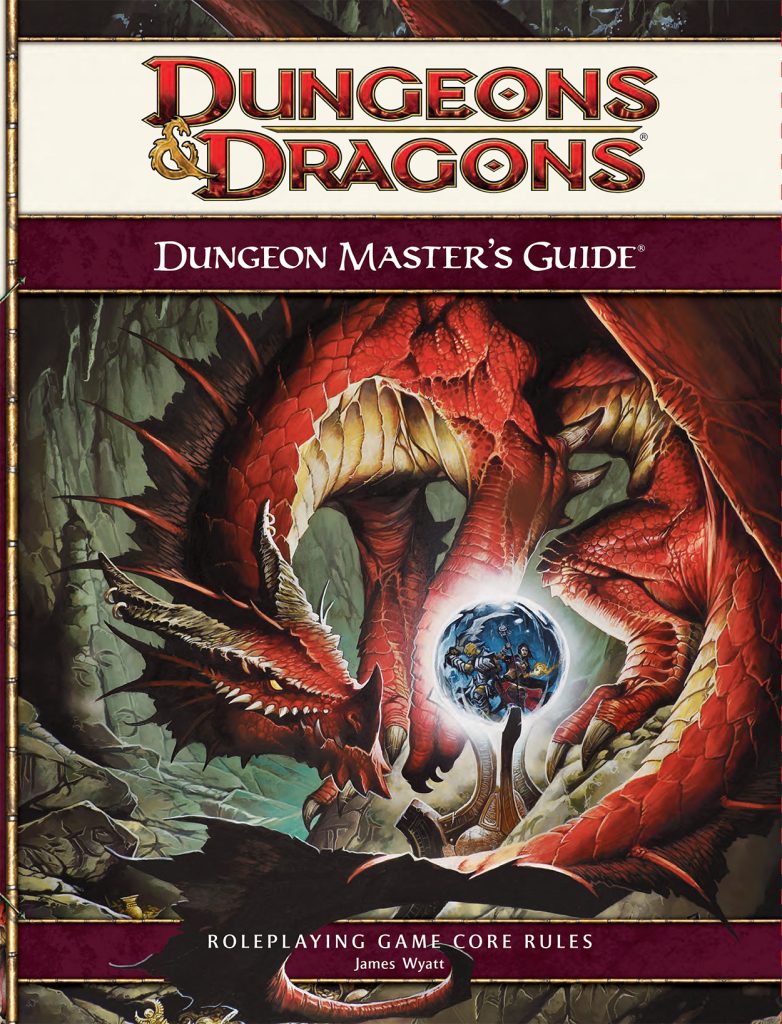
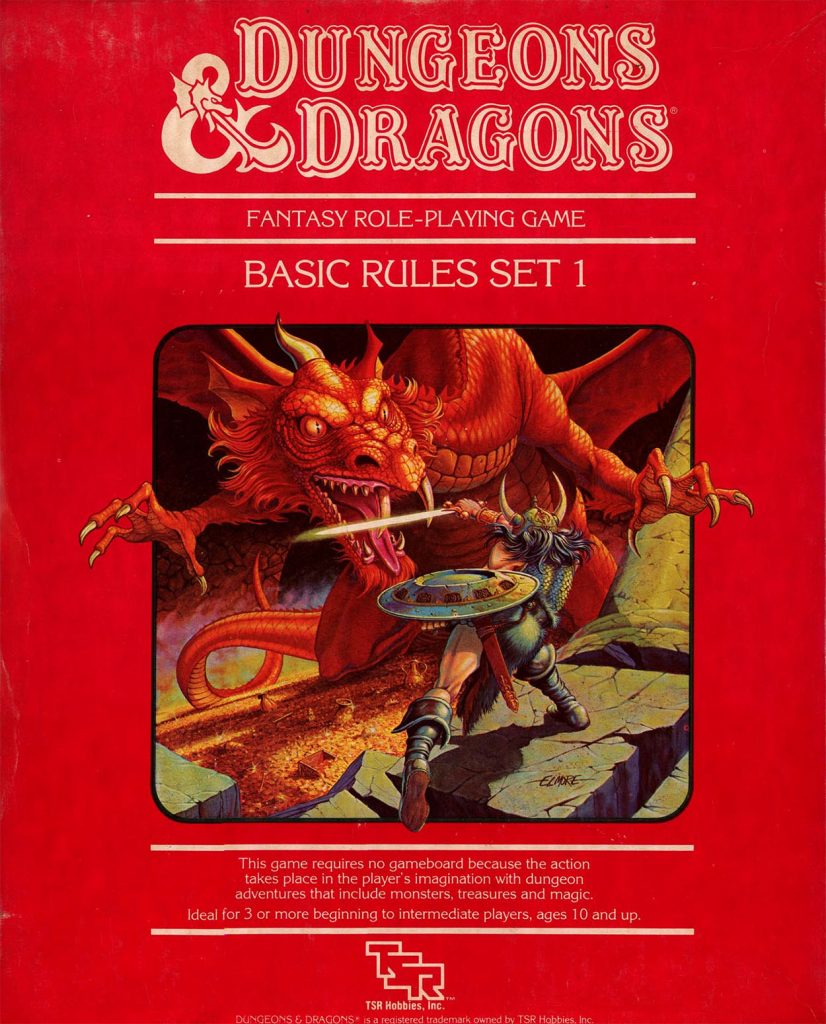
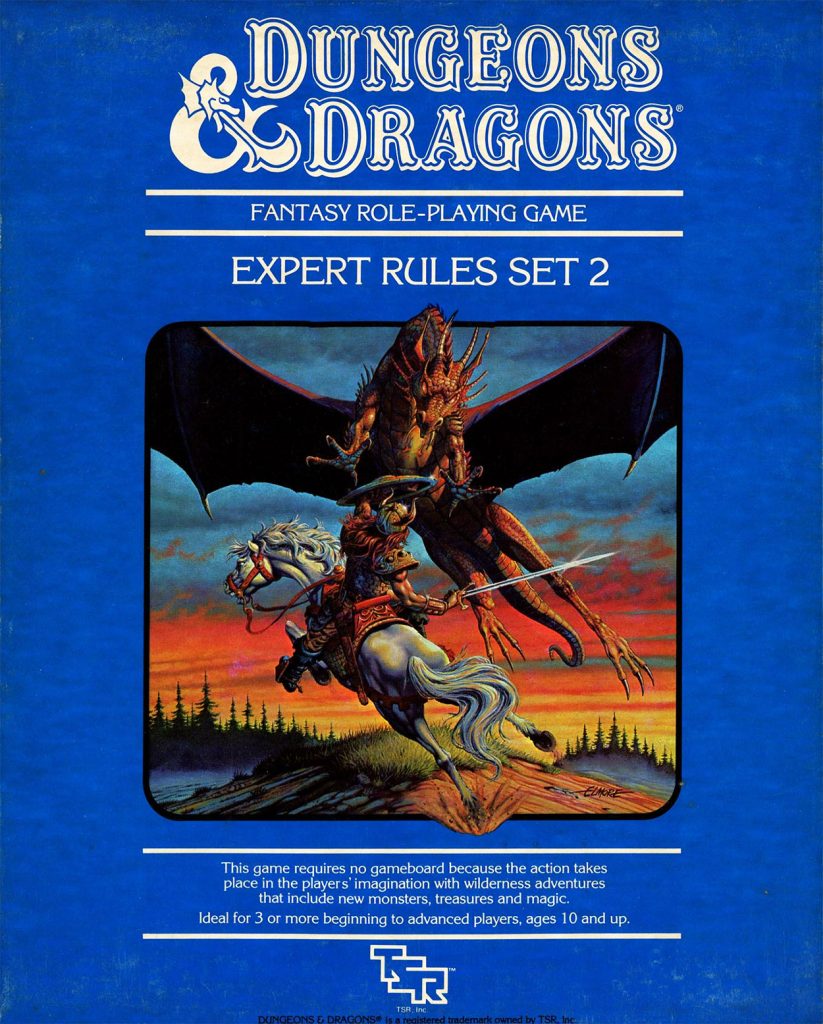
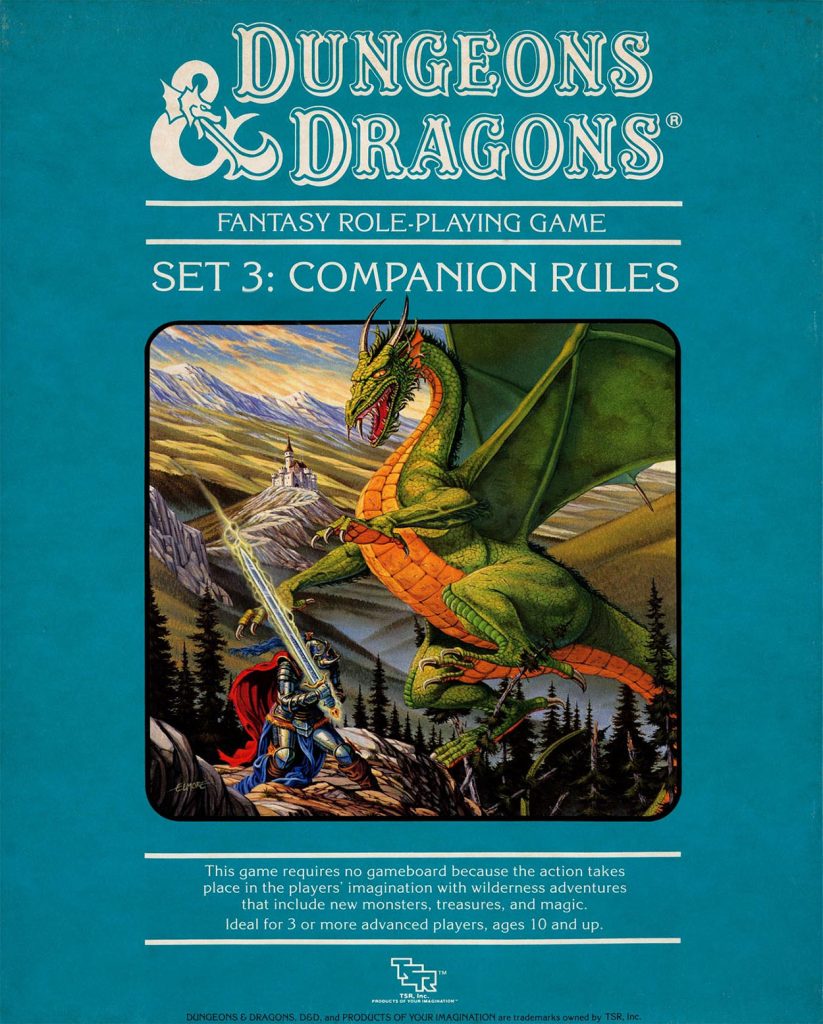
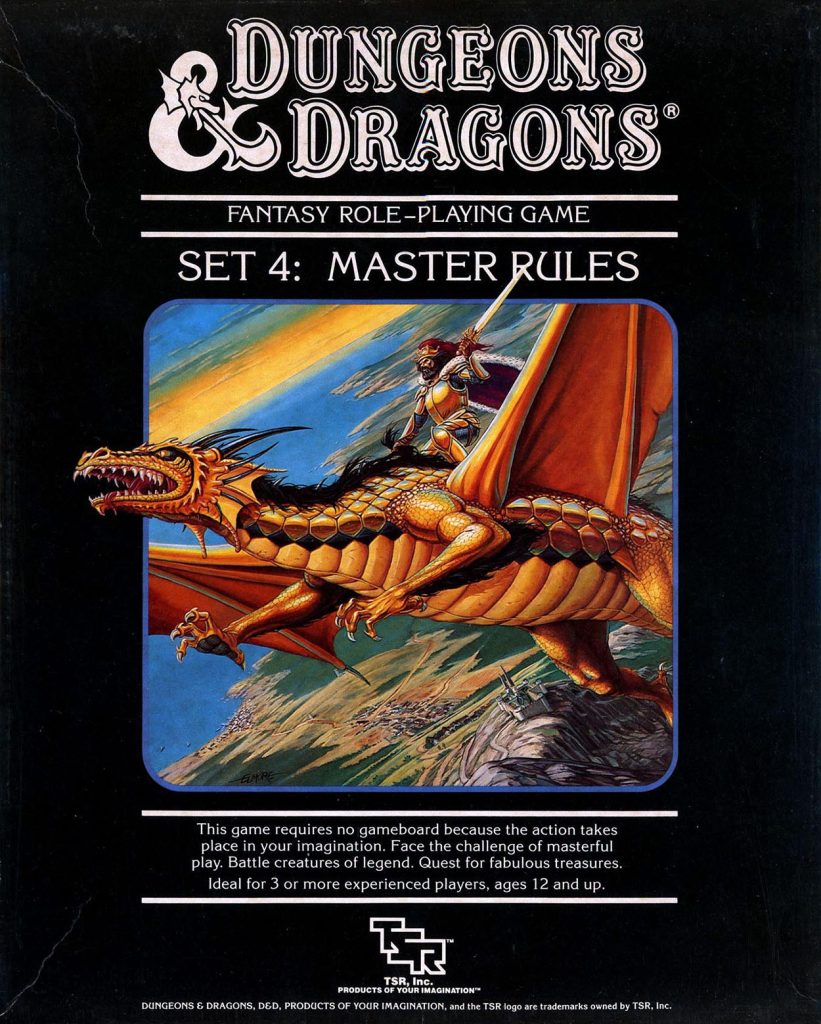
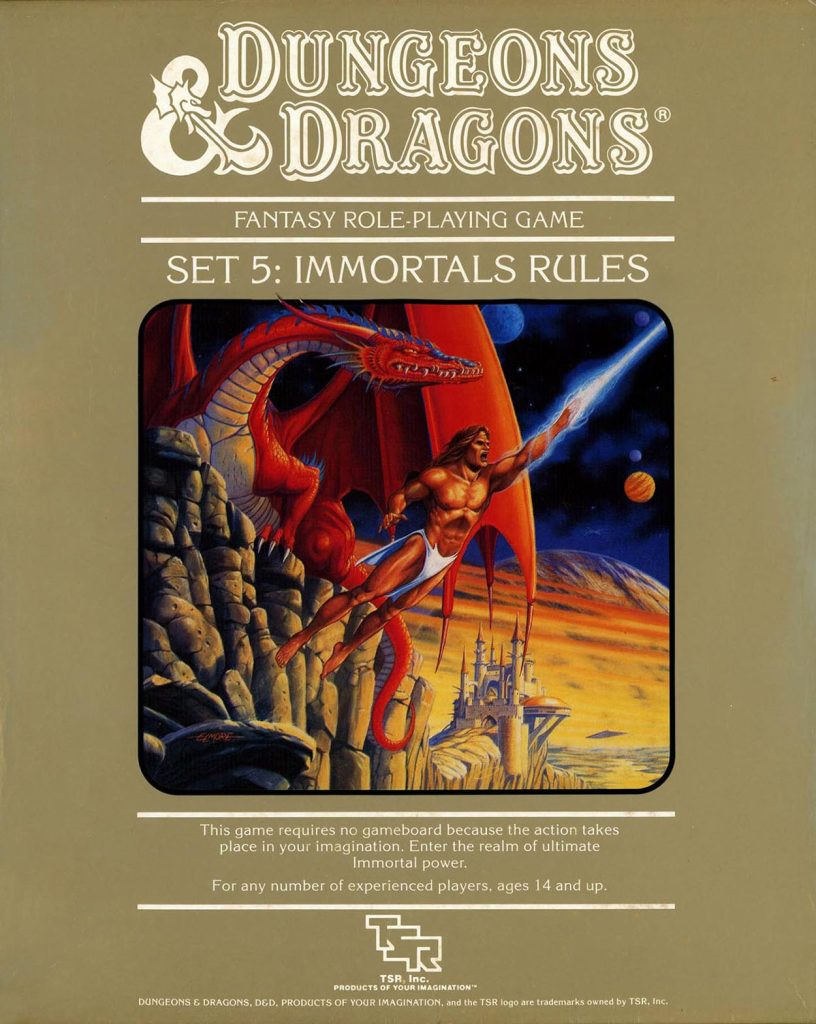
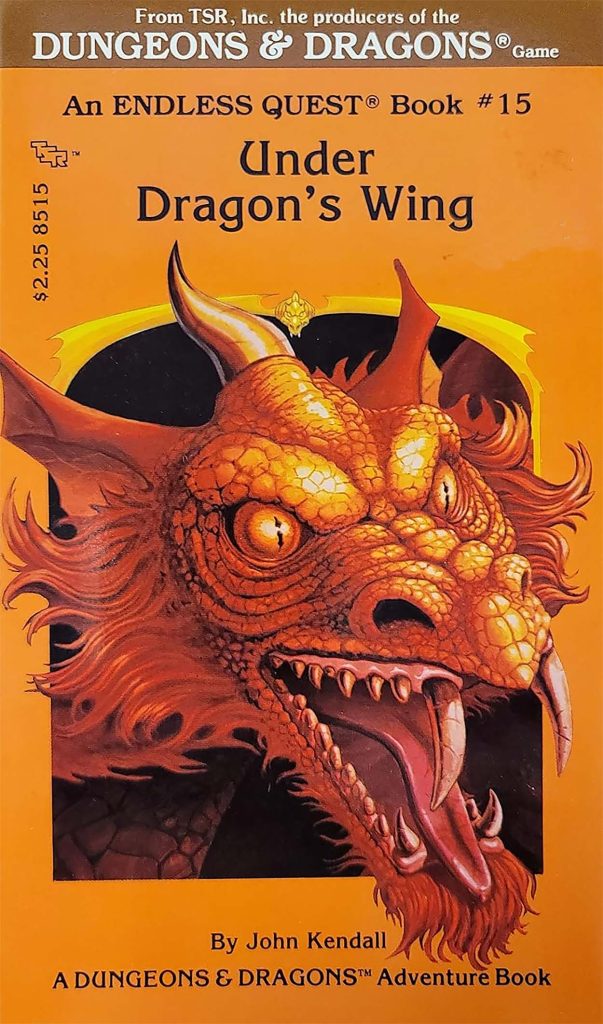
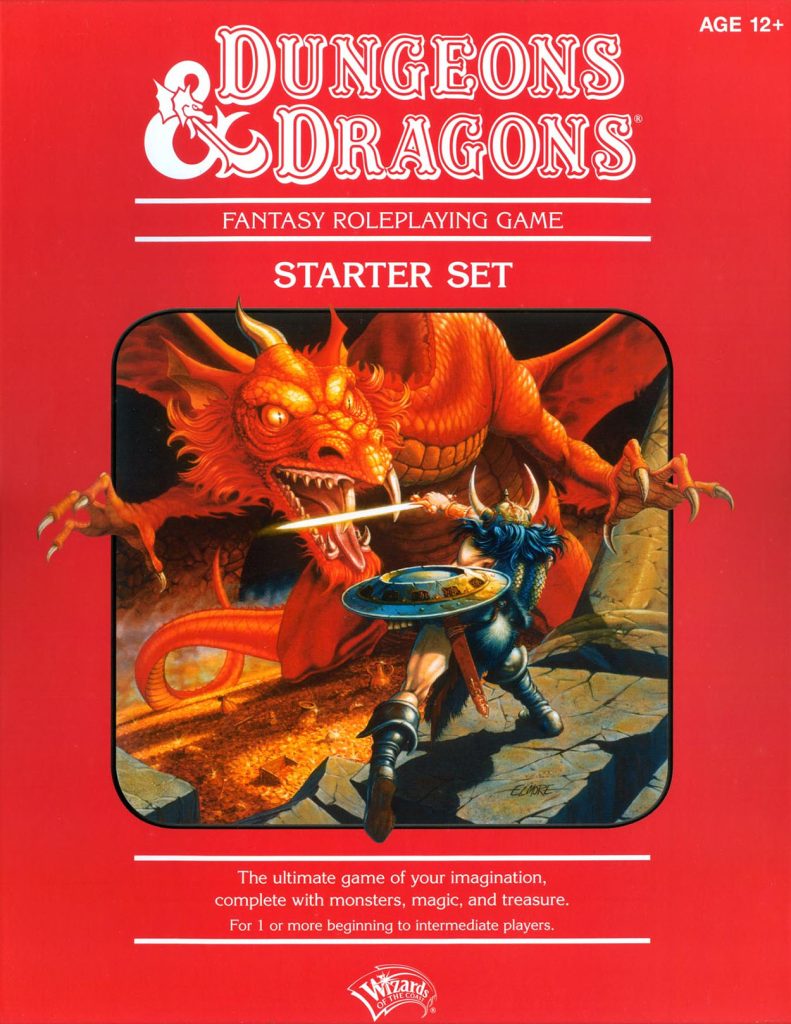
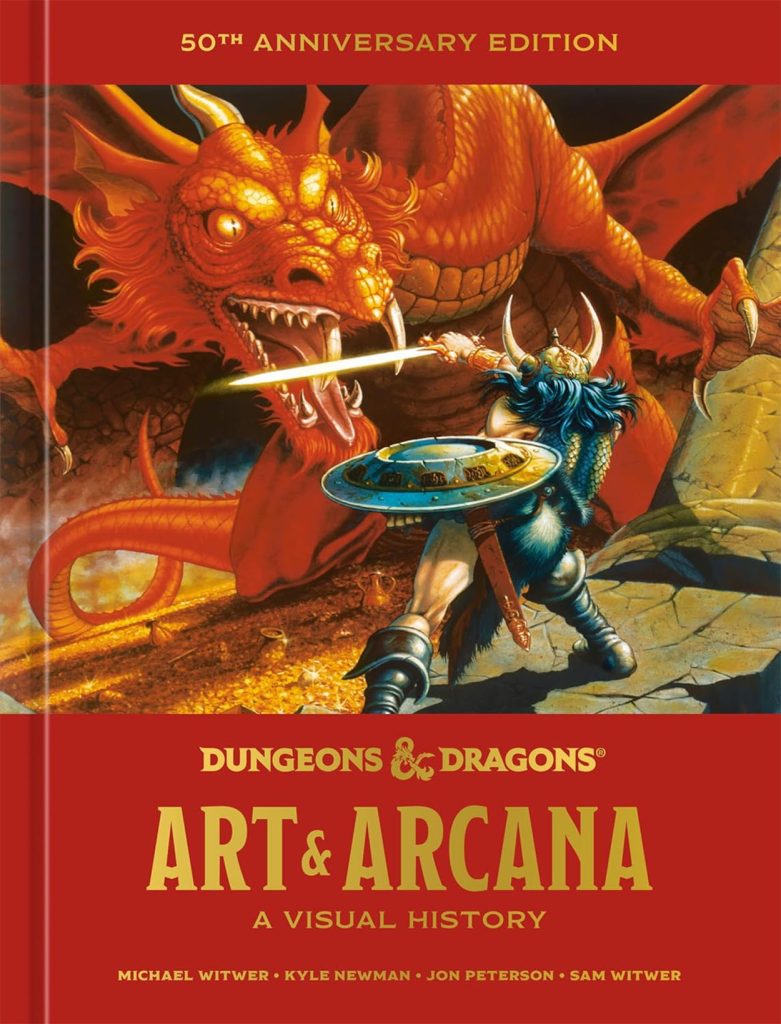
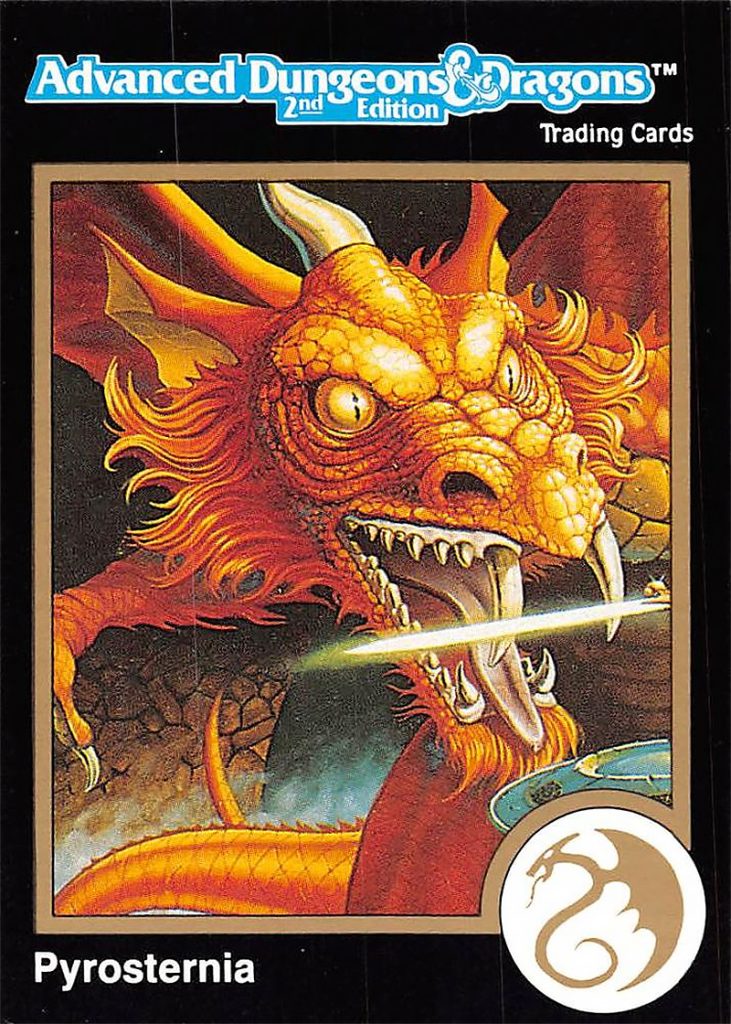

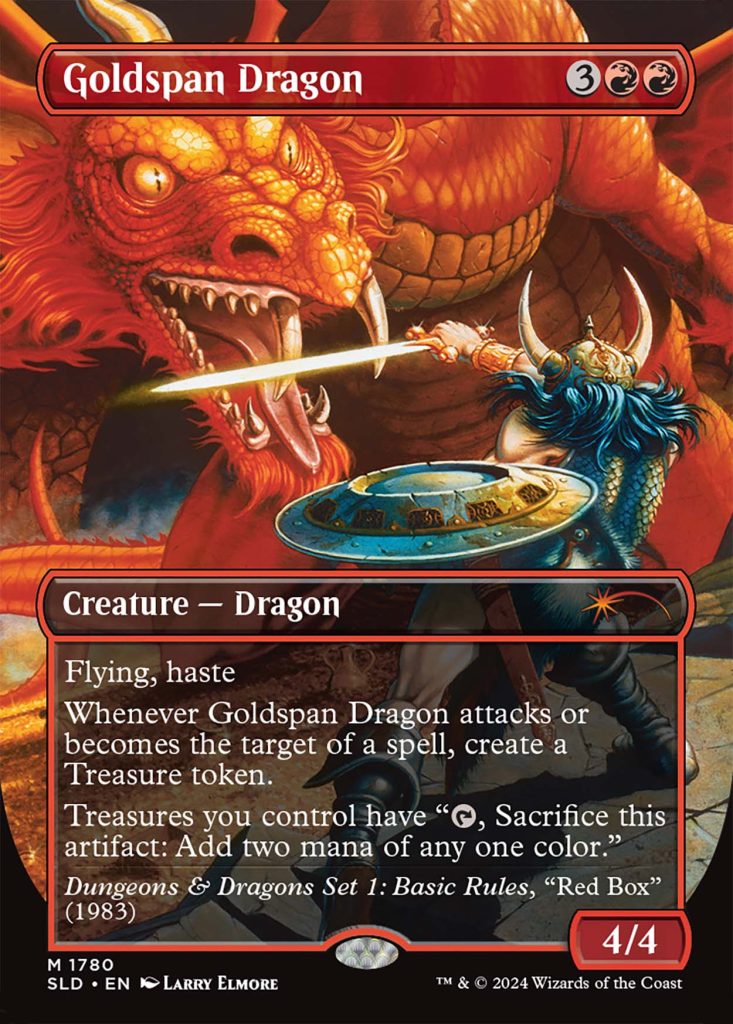
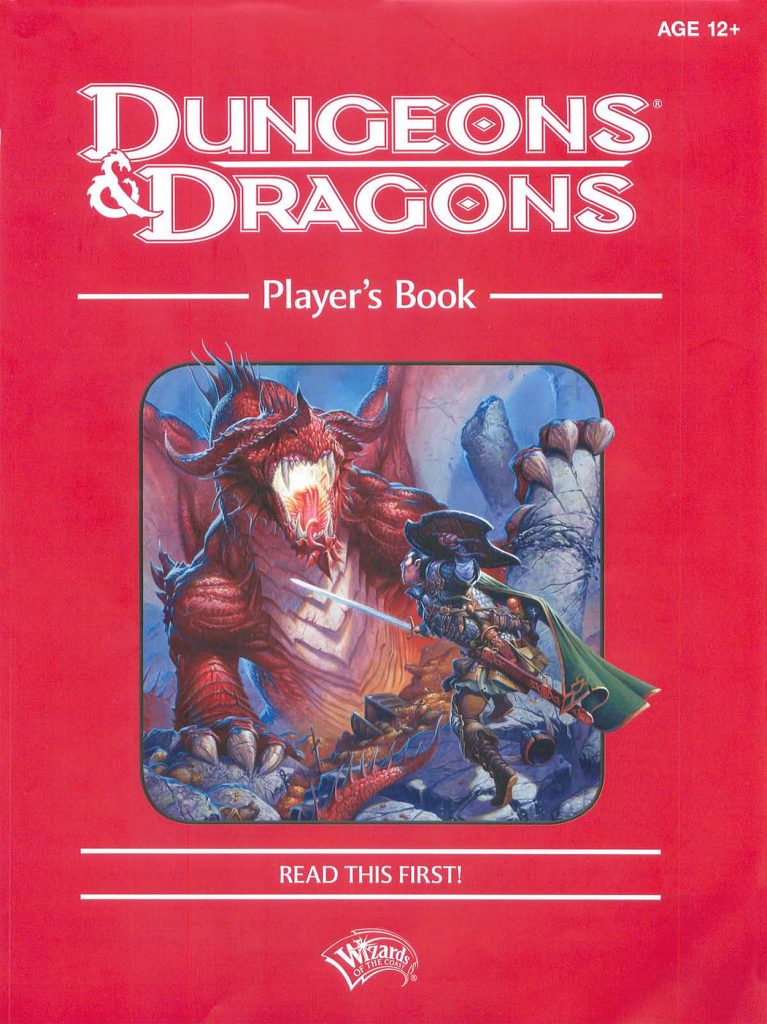
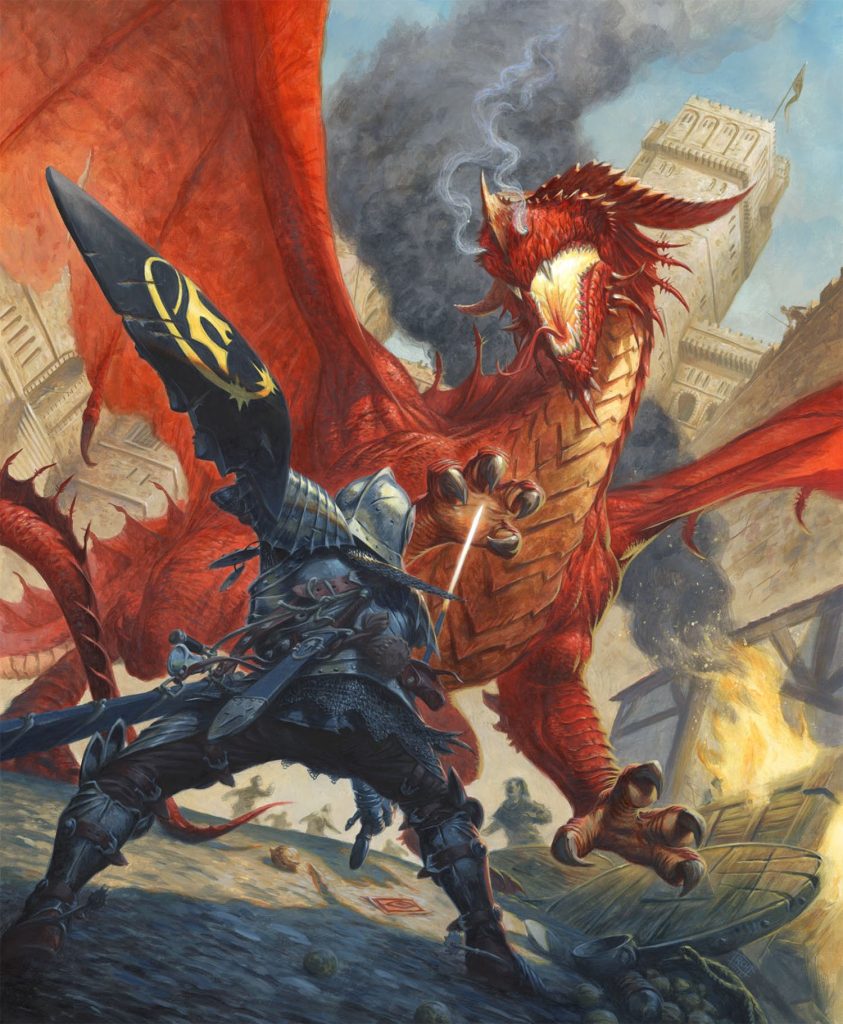
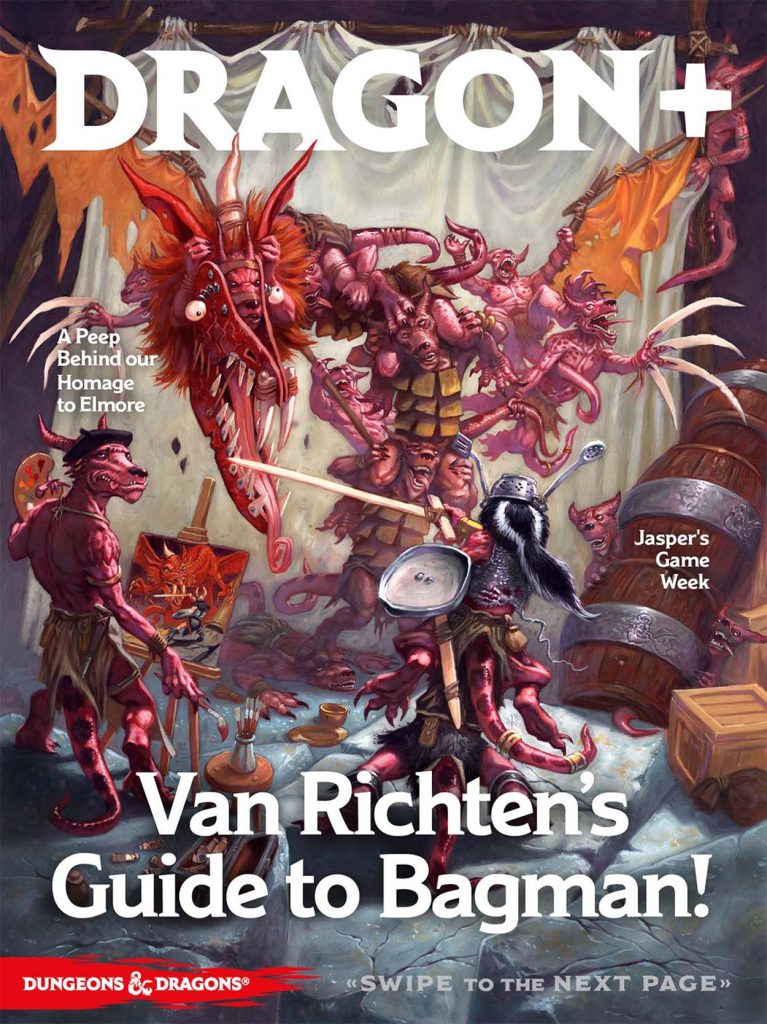

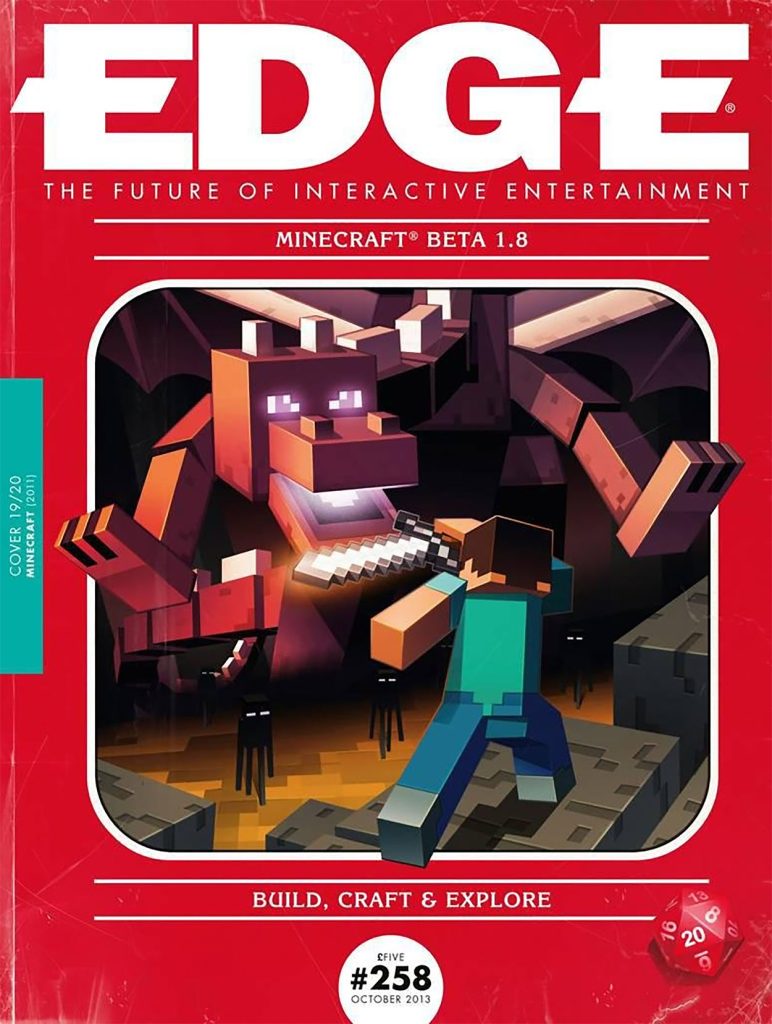
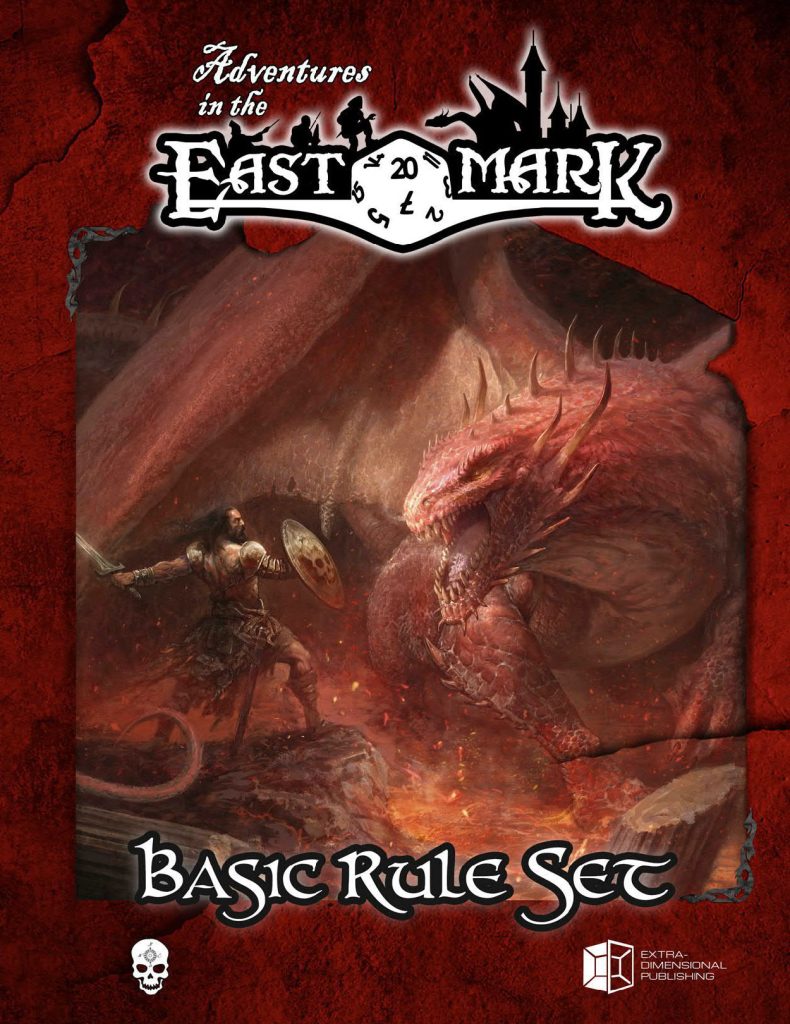
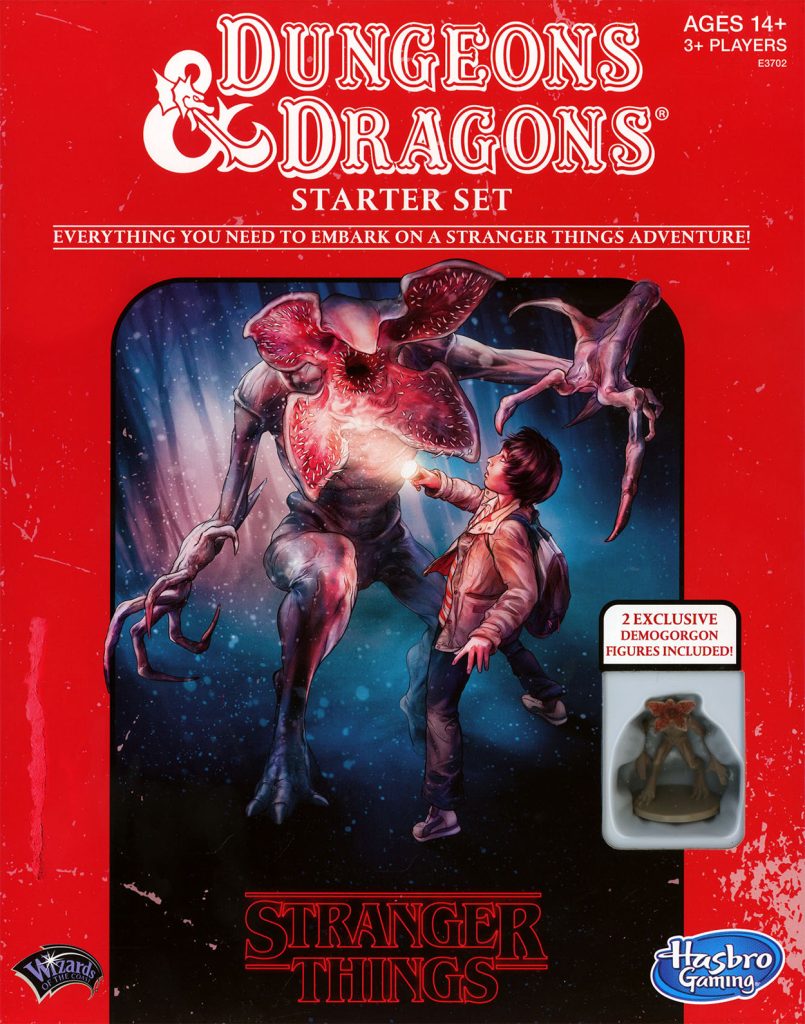

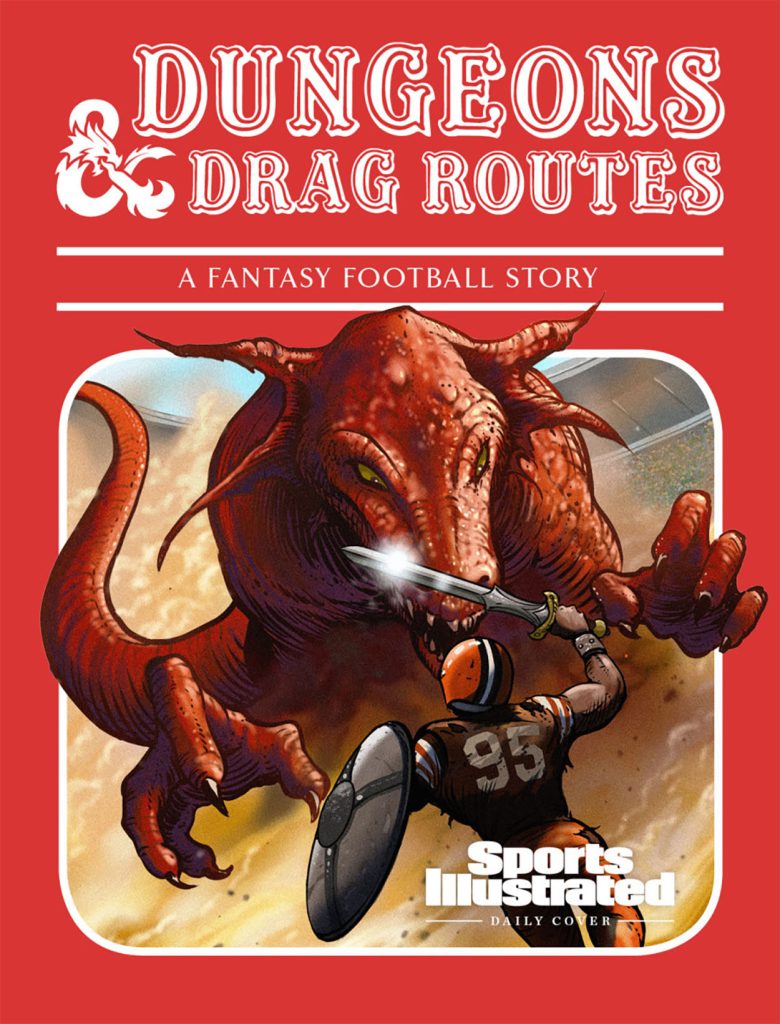

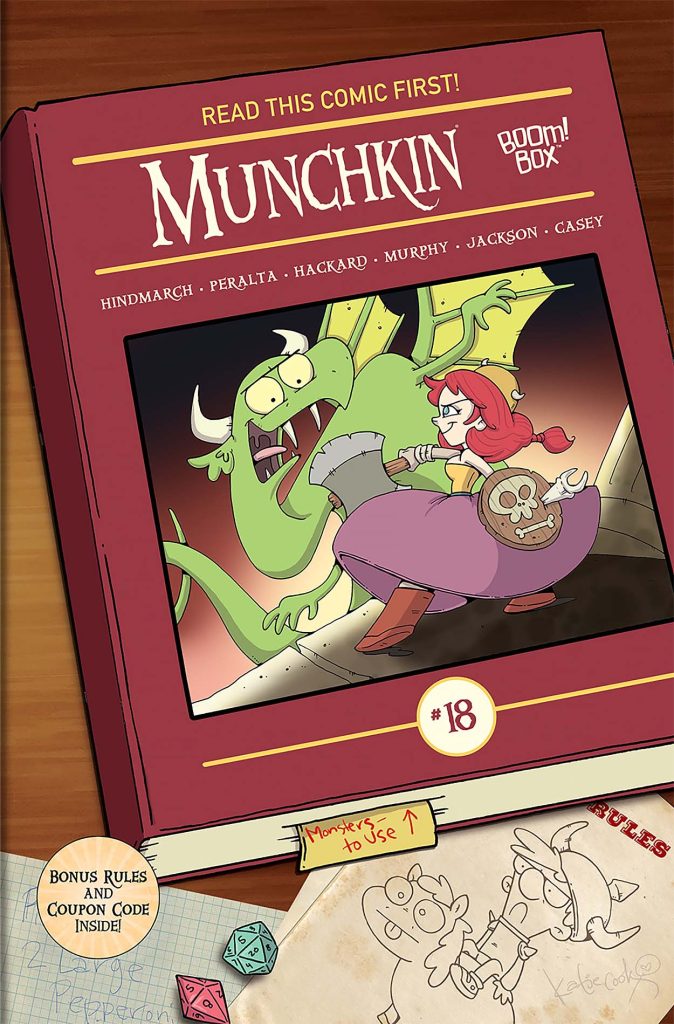
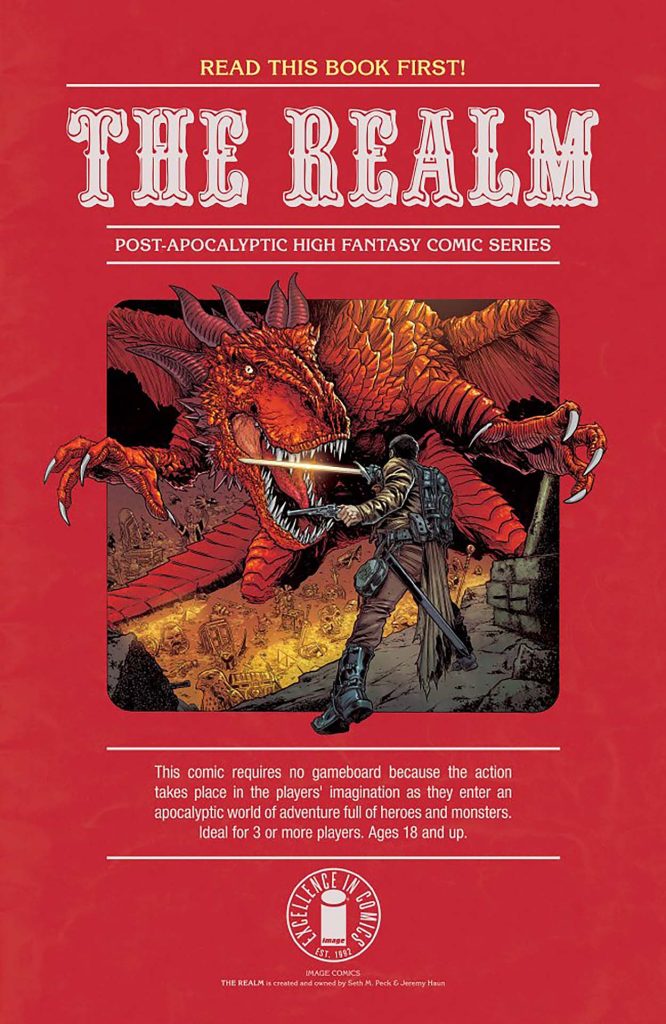
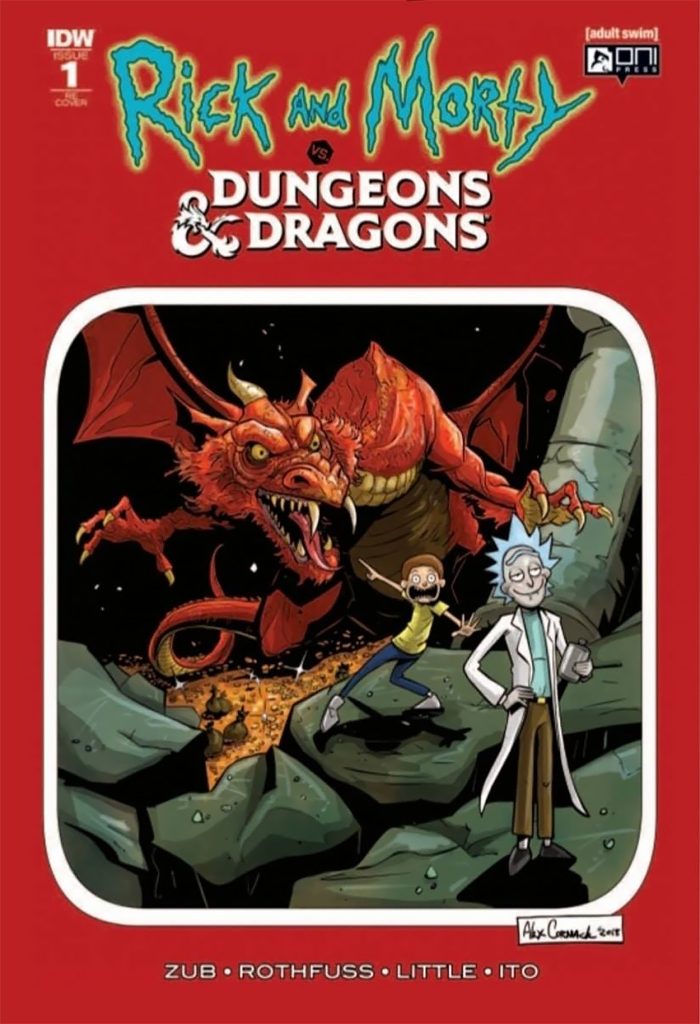
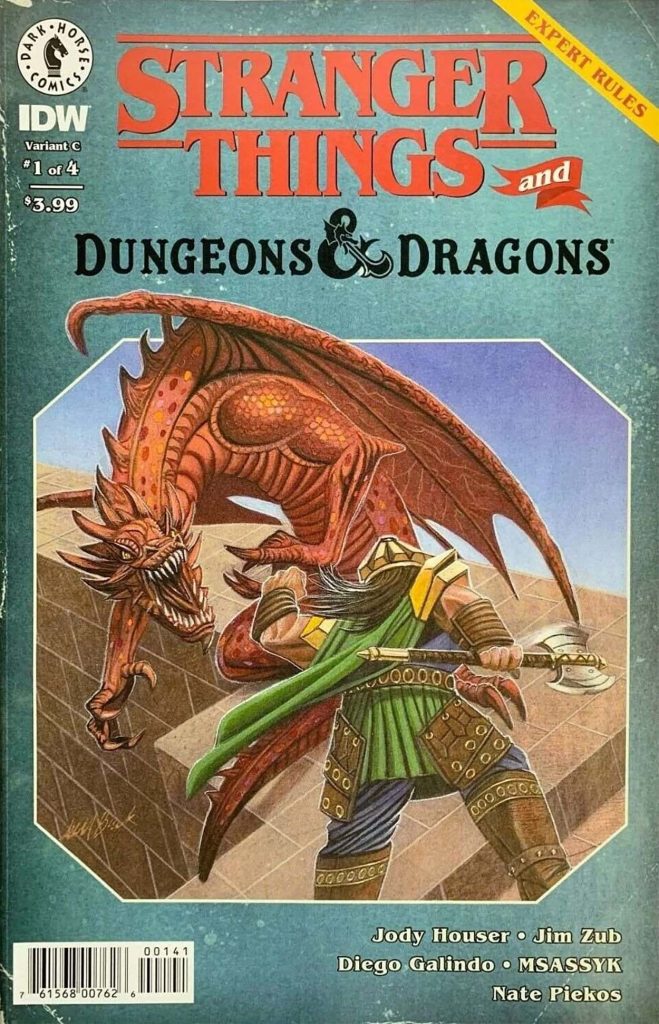
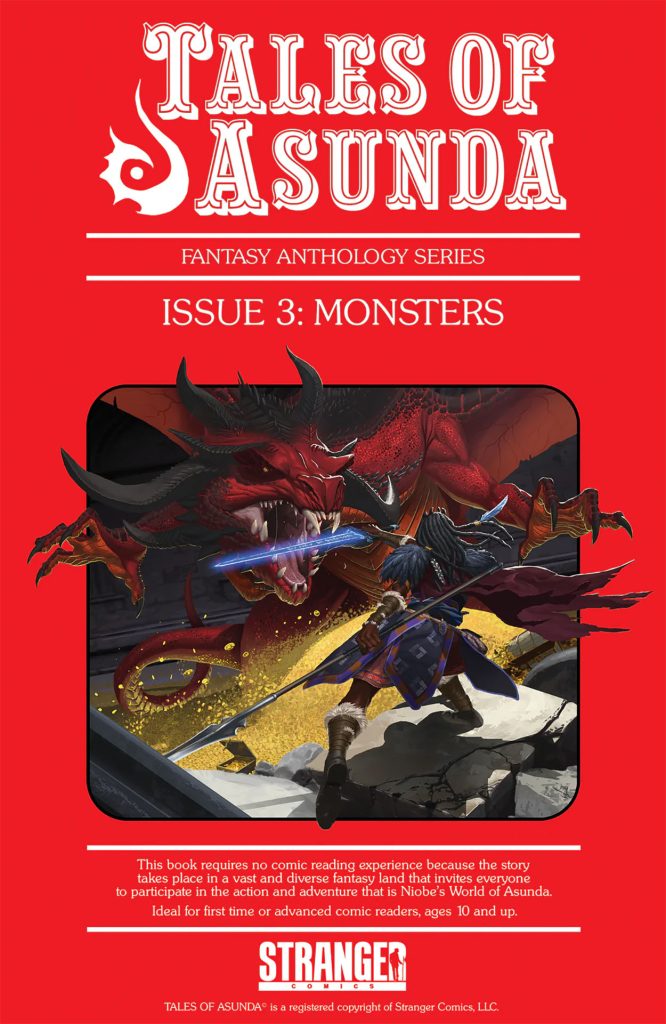
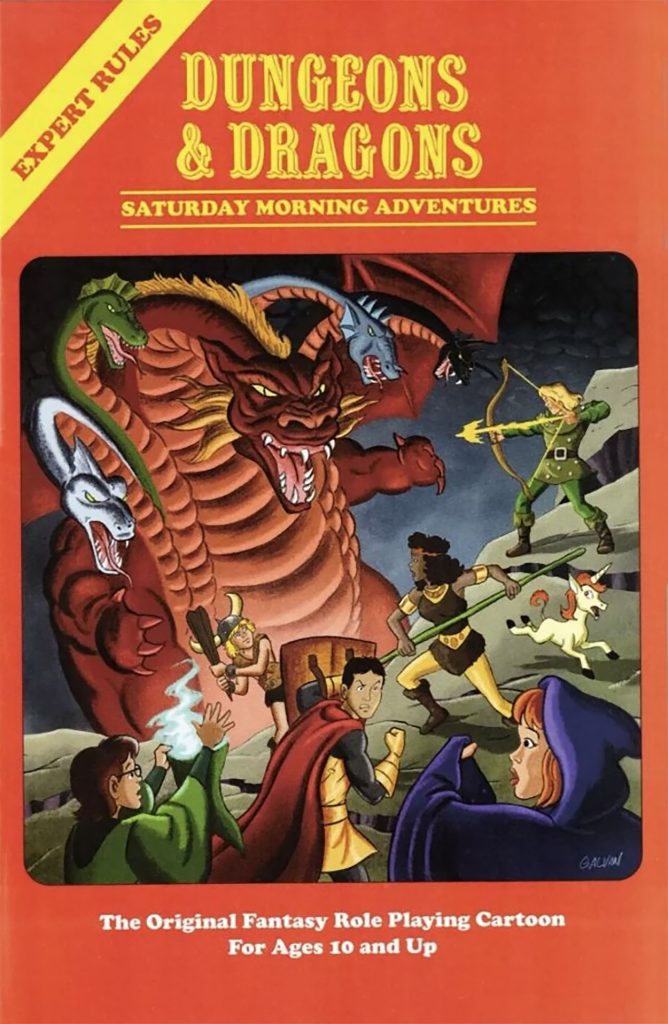
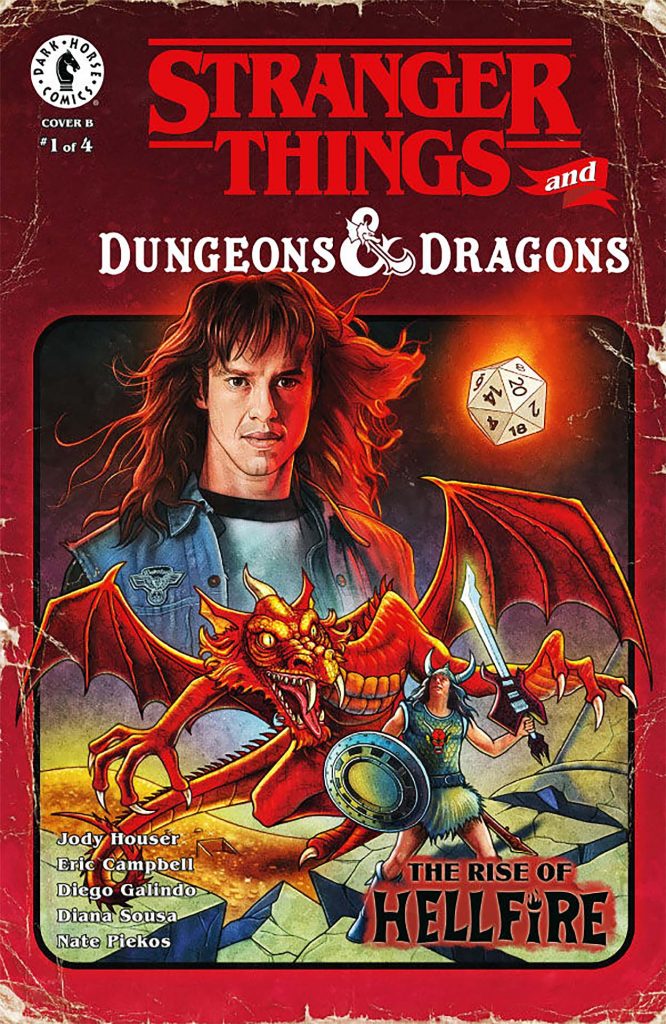

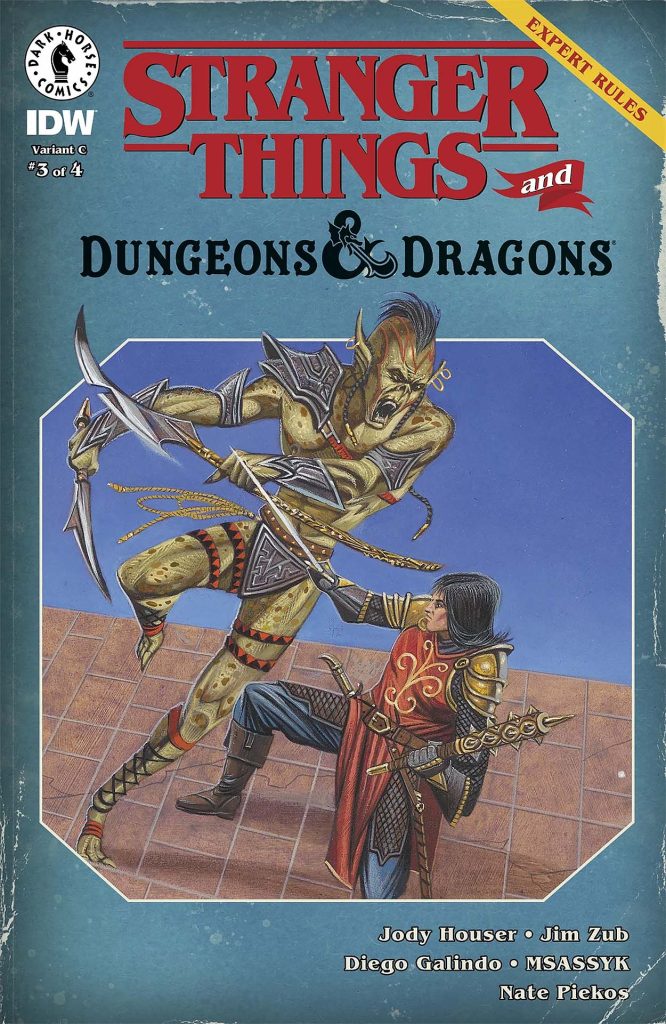
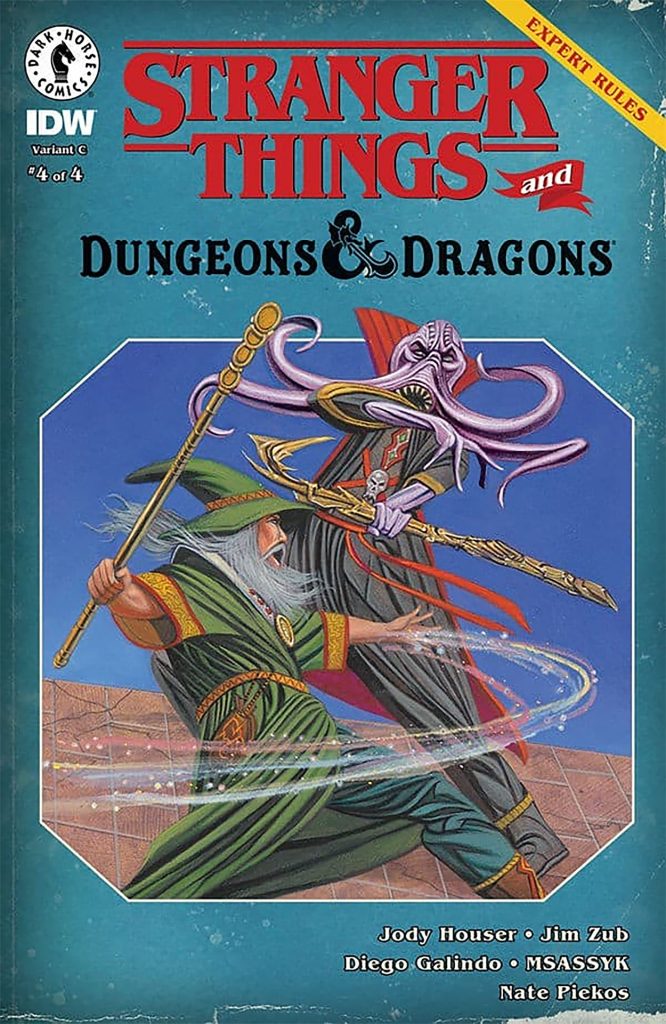
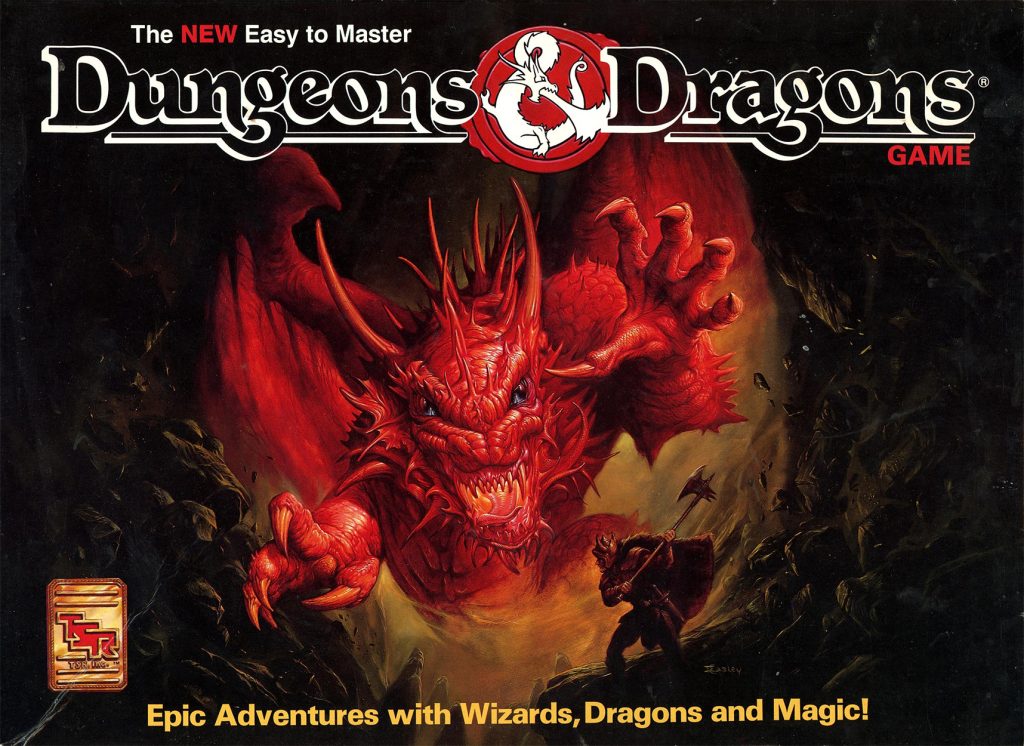
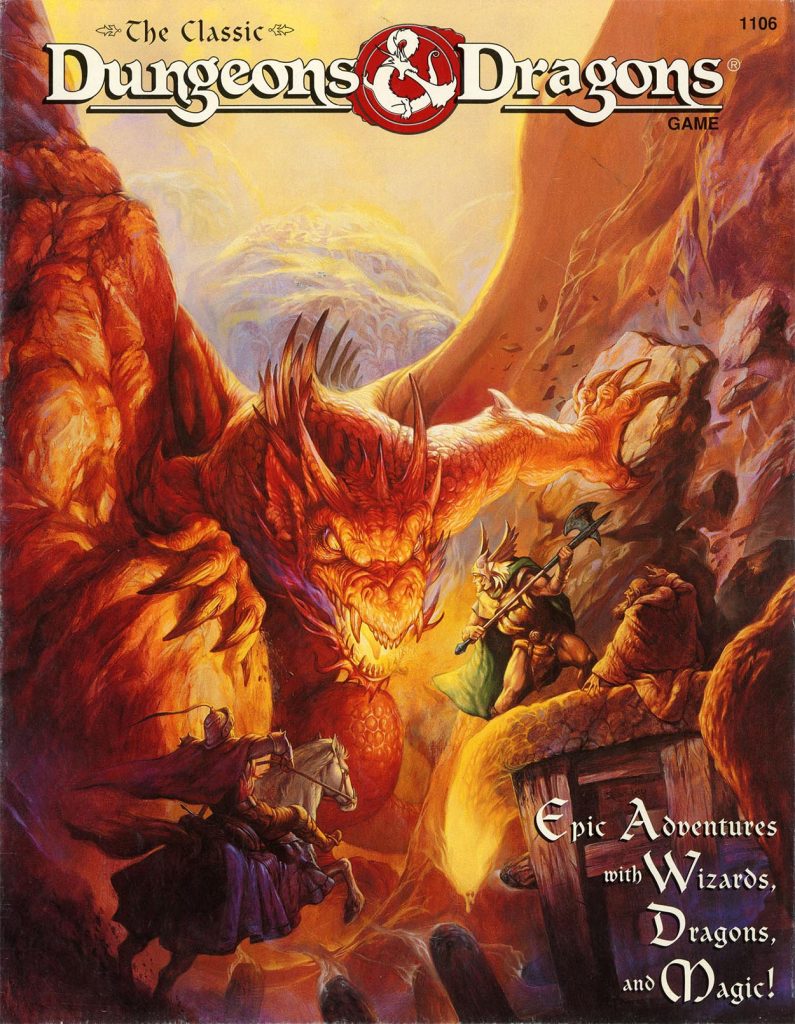

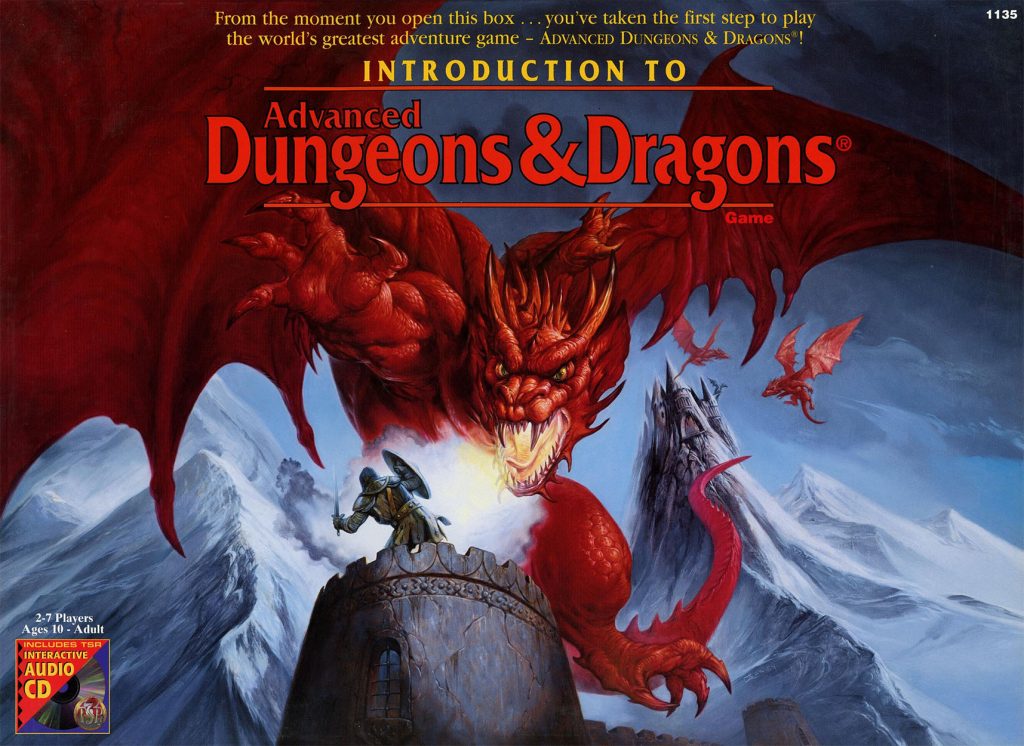

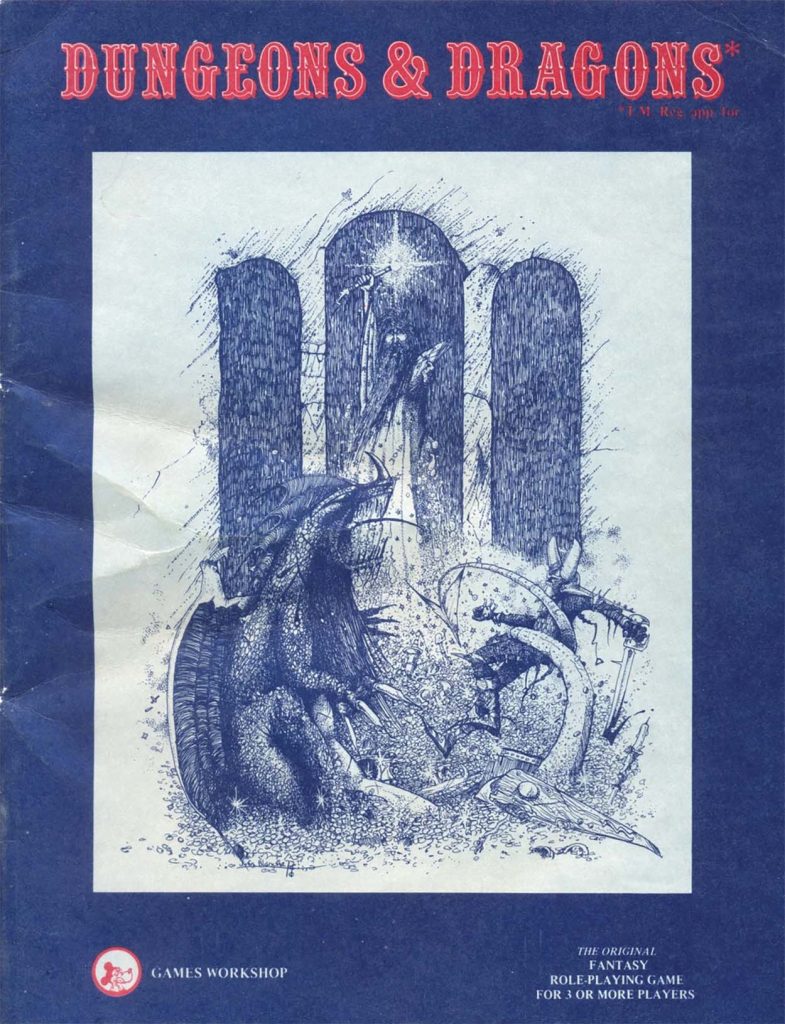
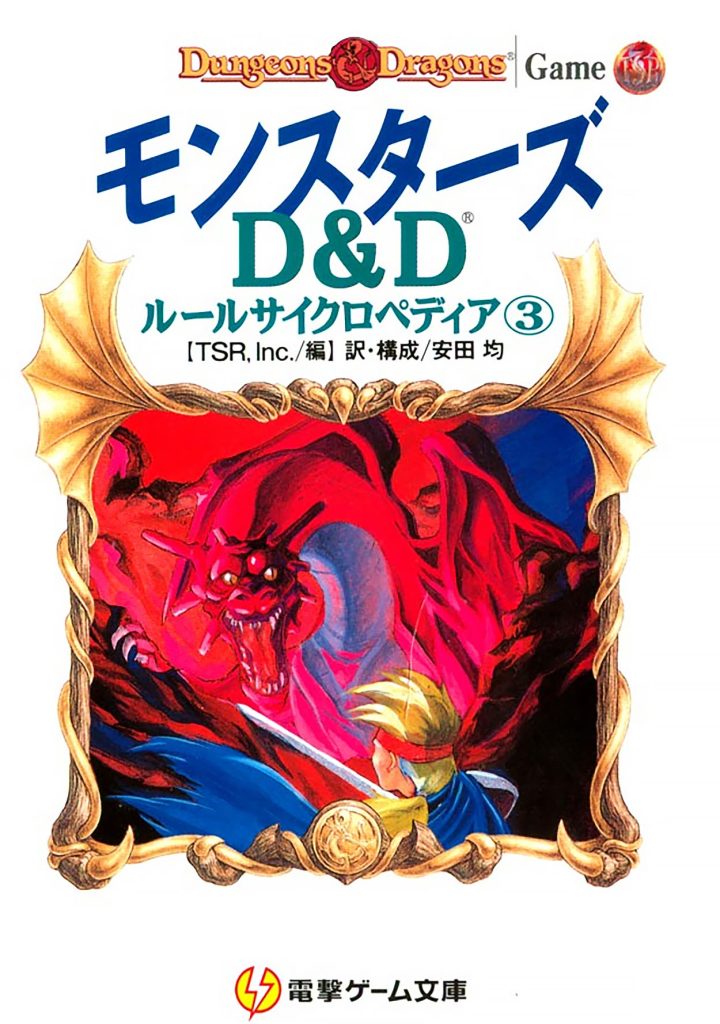
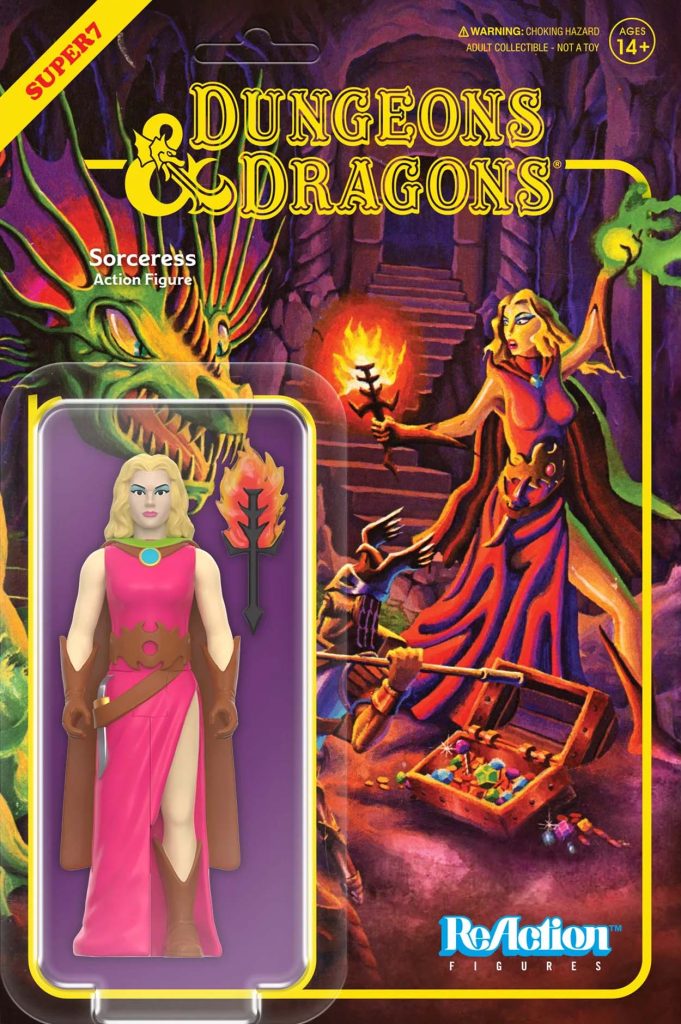
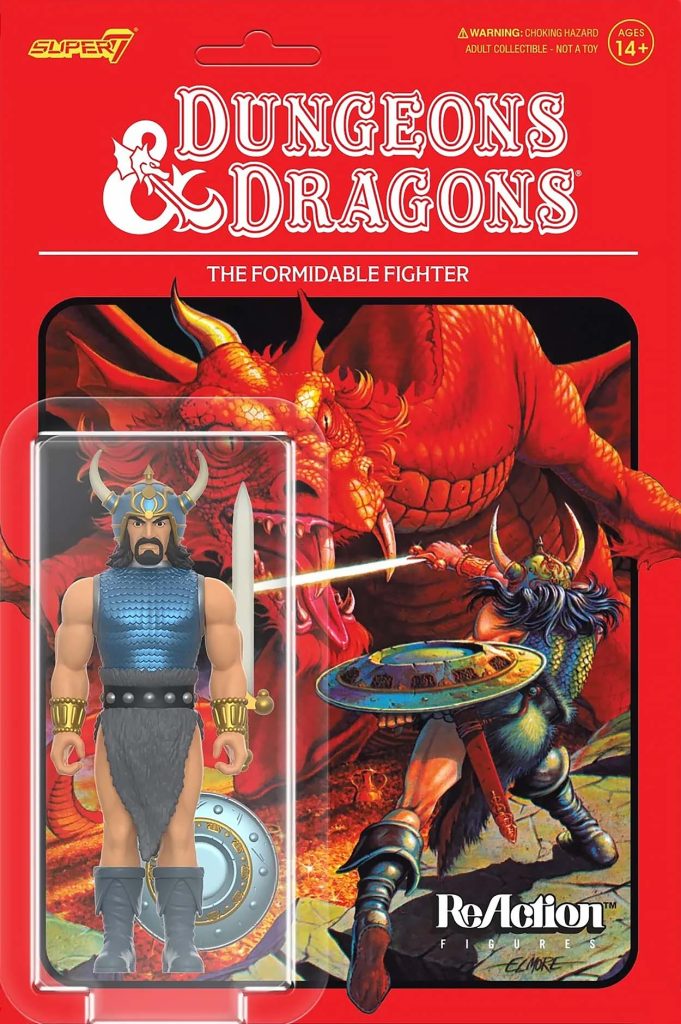
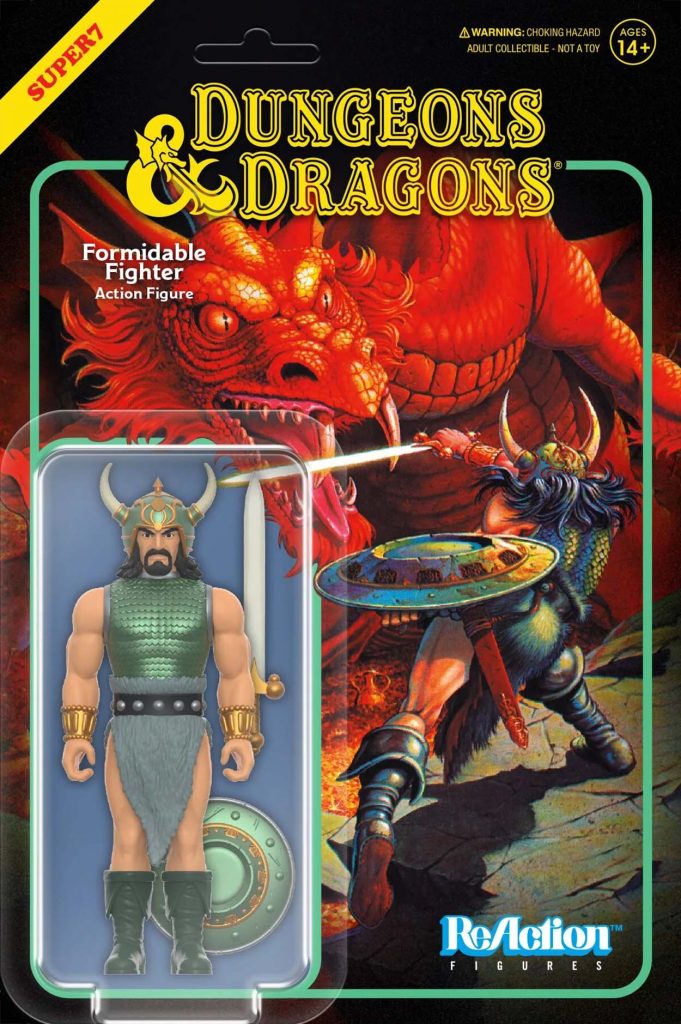
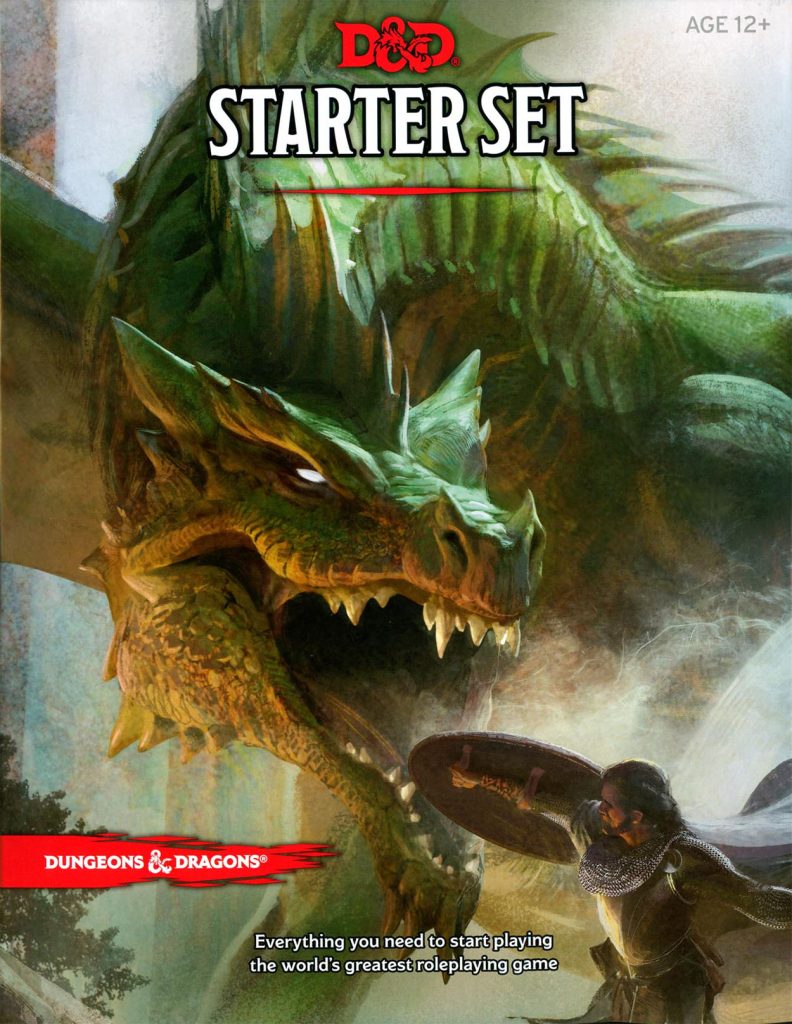
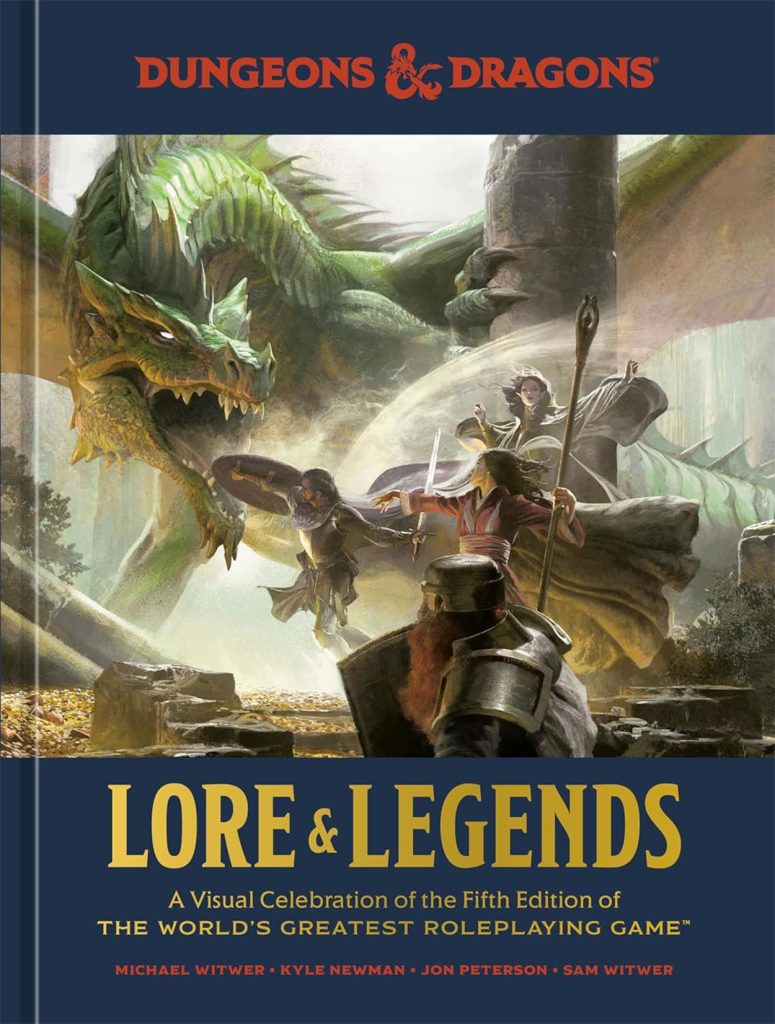
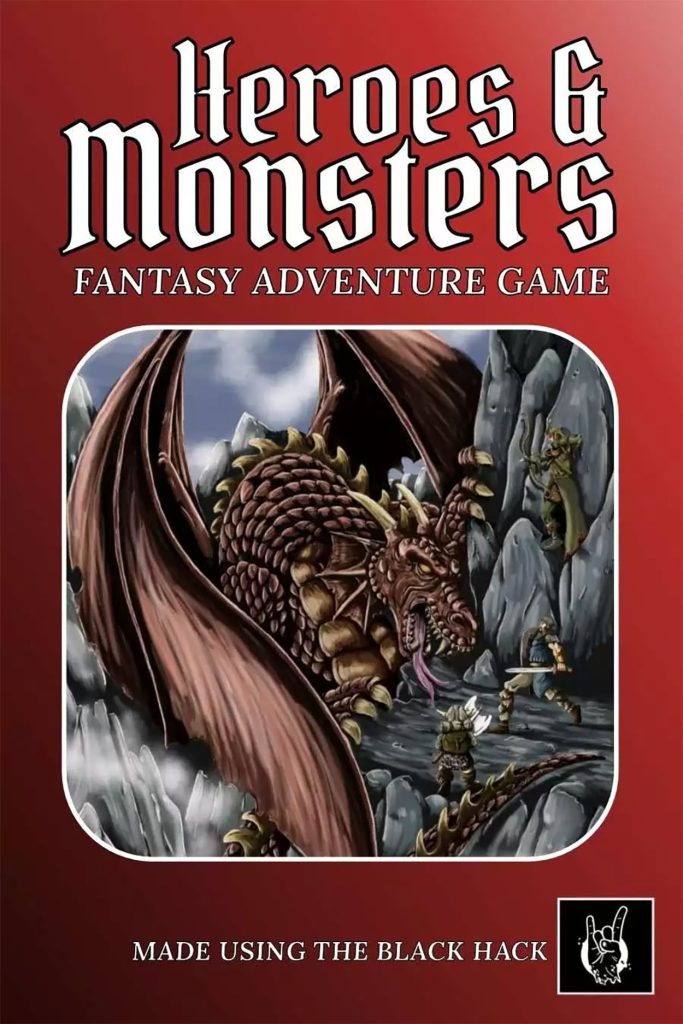

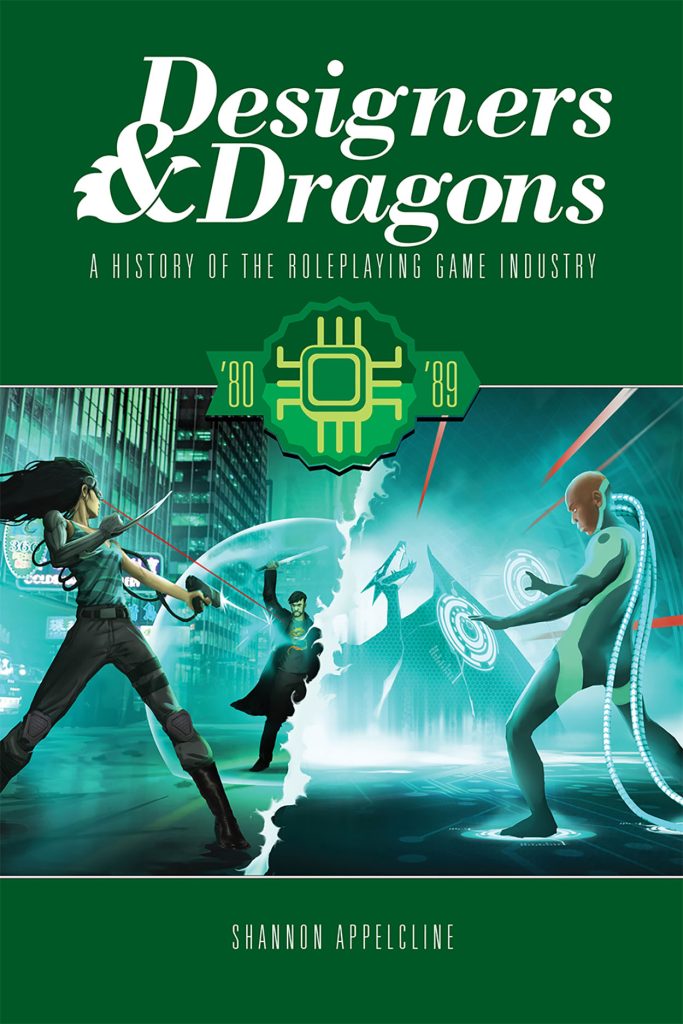
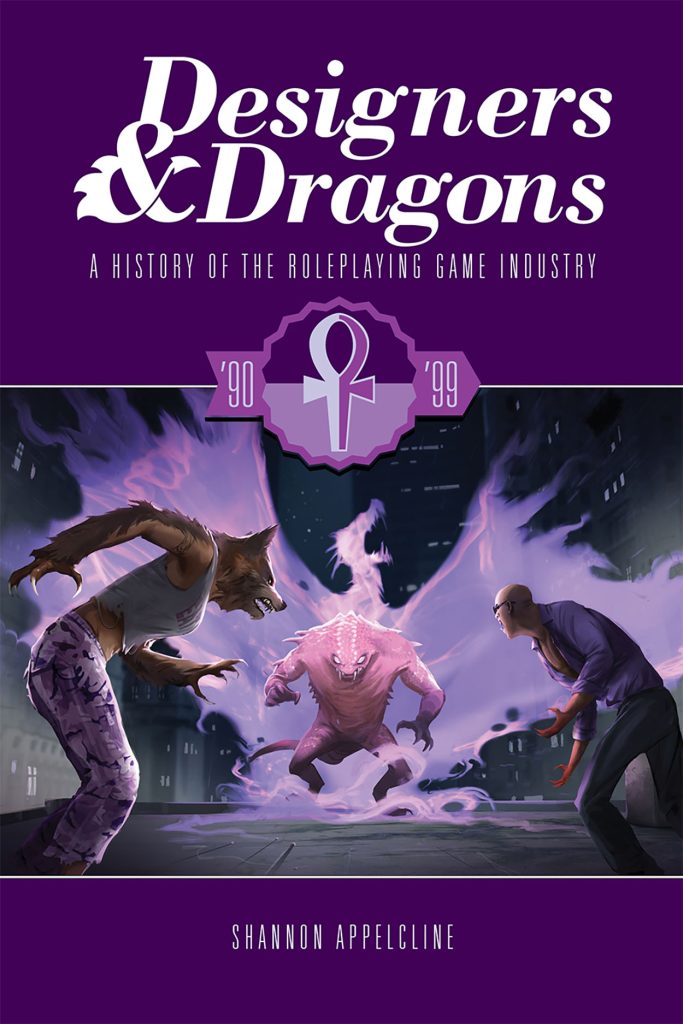

[…] Shannon (2025 May 27) Homaging the D&D Classics II: The BD&D Rules. https://www.designers-and-dragons.com/2025/05/27/homaging-the-dd-classics-ii-the-bdd-rules. More cover callbacks, this time for Basic […]
[…] En Designers & Dragons hablan de todos los homenajes a las portadas clásicas de D&D. […]